We went further north today than most people will go in their entire life. We were north of 80° and it was awesome. It was a really great day gathering videos and information for the virtual field trip of the National Geographic Explorer that I plan to put together for my students. Thanks to the head chef I got an exclusive in depth tour of the Galley, the prep areas and the food storage areas. It was really great, I hope the video turned out because it was really informative. The National Geographic Explorer buys pretty much all of its food locally. Meaning in every port the cooking crew will go to the local markets to purchase the food. The meals they plan each day are based on the local foods that they have on ship, so every meal is unique.
Naturalist Keith Larson led my zodiac ride out to see a group of walruses up close -- we even saw a mama polar bear and her cub, granted they were small whitish blobs off in the distance, but still really amazing. Thank you to Doug Anderson, 2012 National Geographic Grosvenor Teacher Fellow Alumni, who lent me his binoculars. He really saved me, because of him I was able to see a lot of wildlife. We saw a lot of Arctic Terns -- these birds have the longest migration of any animal in the world. They migrate from the Arctic to the Antarctic and back every year. I was disappointed to miss out on the Hot Chocolate Zodiac, but it was a really great experience -- we were probably one of the only zodiacs to see the bears.
One of the funnest parts of the day was kayaking. My husband and I are kayakers -- not extreme white water kayakers, but lake and river outlet kayakers -- Kayaking in the Arctic Ocean gave me huge bonus points.
There was a storm rolling in, it missed us, but we could see it and I was able to try some different settings on my camera to get some different lighting shots of the landscape. Let me know what you think, do they all just look the same?
Naturalist Keith Larson led my zodiac ride out to see a group of walruses up close -- we even saw a mama polar bear and her cub, granted they were small whitish blobs off in the distance, but still really amazing. Thank you to Doug Anderson, 2012 National Geographic Grosvenor Teacher Fellow Alumni, who lent me his binoculars. He really saved me, because of him I was able to see a lot of wildlife. We saw a lot of Arctic Terns -- these birds have the longest migration of any animal in the world. They migrate from the Arctic to the Antarctic and back every year. I was disappointed to miss out on the Hot Chocolate Zodiac, but it was a really great experience -- we were probably one of the only zodiacs to see the bears.
One of the funnest parts of the day was kayaking. My husband and I are kayakers -- not extreme white water kayakers, but lake and river outlet kayakers -- Kayaking in the Arctic Ocean gave me huge bonus points.
There was a storm rolling in, it missed us, but we could see it and I was able to try some different settings on my camera to get some different lighting shots of the landscape. Let me know what you think, do they all just look the same?
| | |
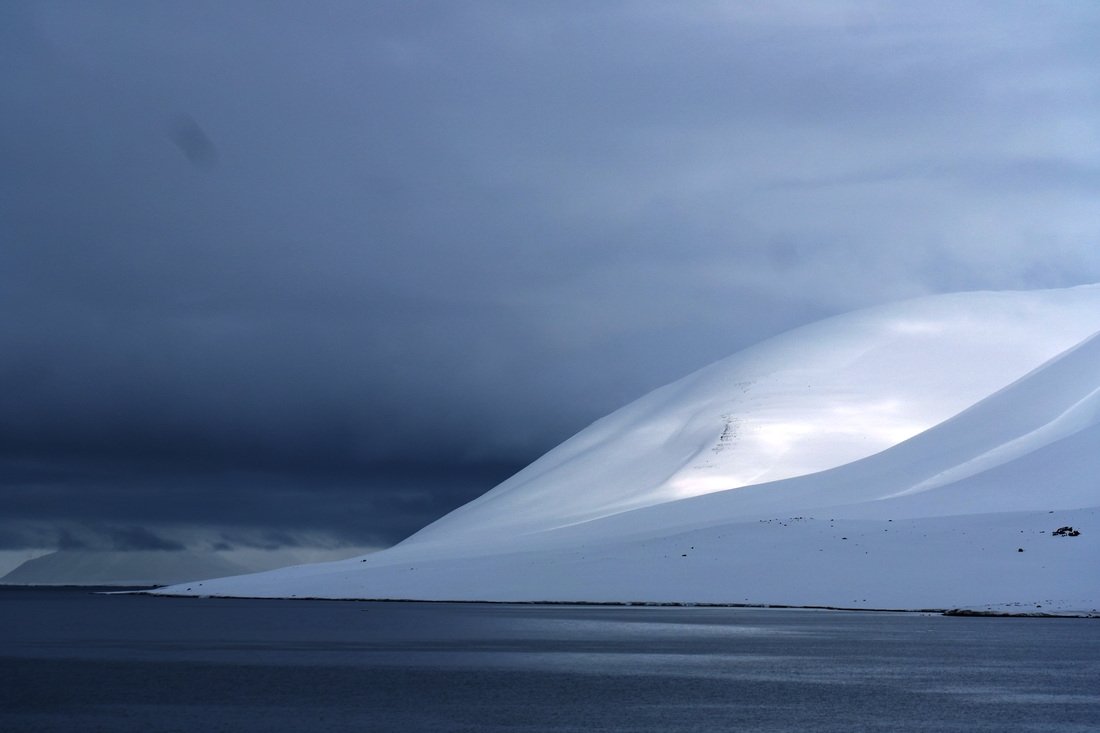
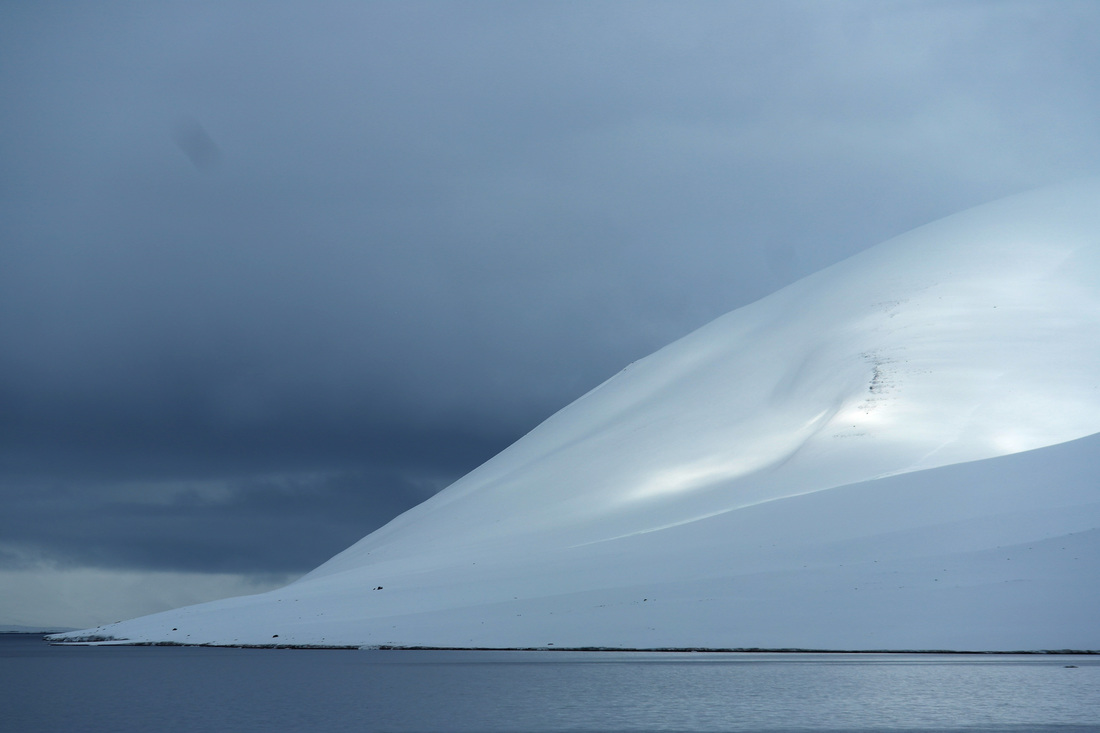
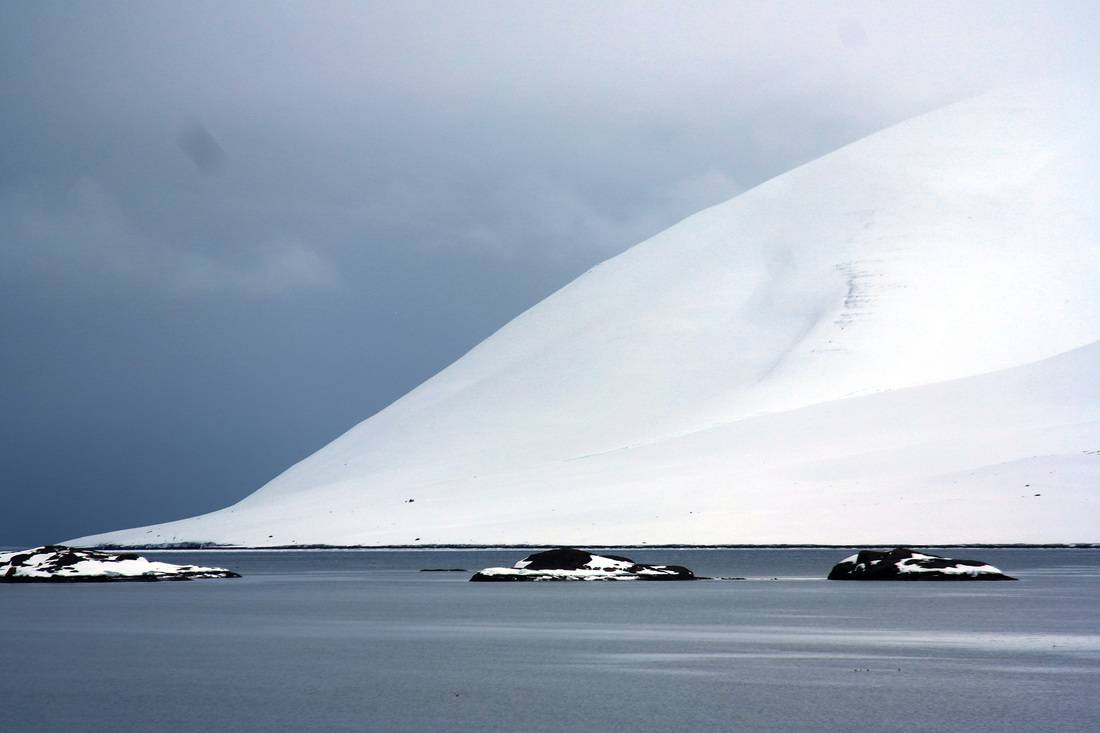
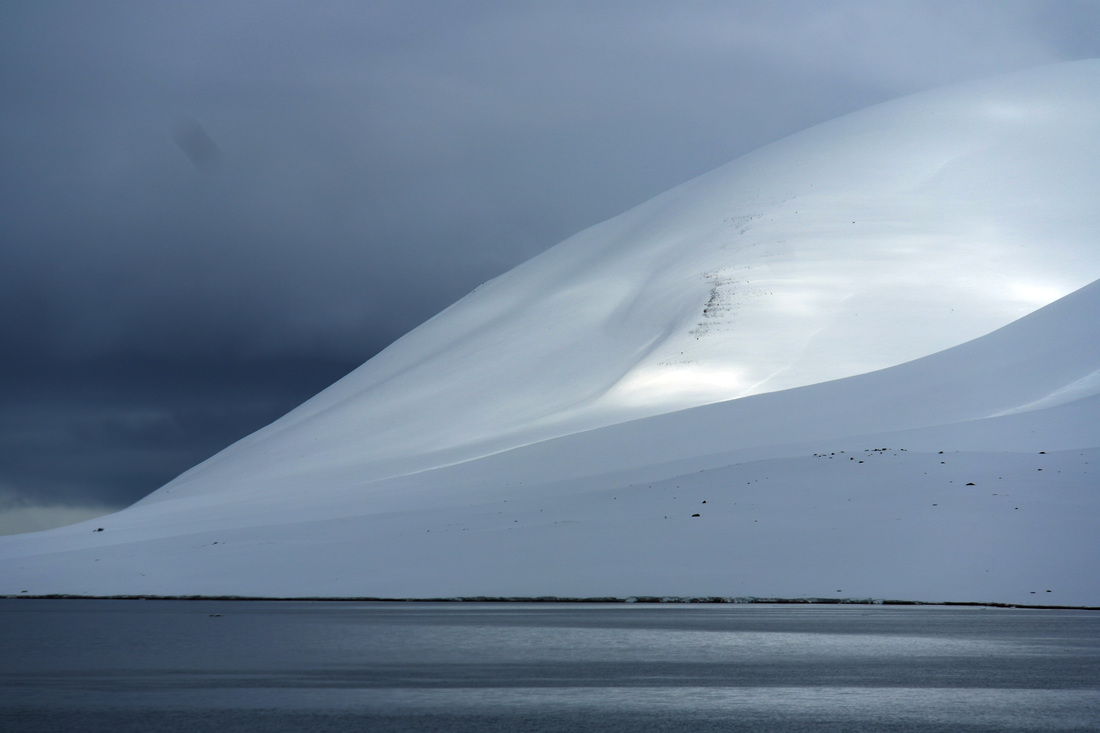
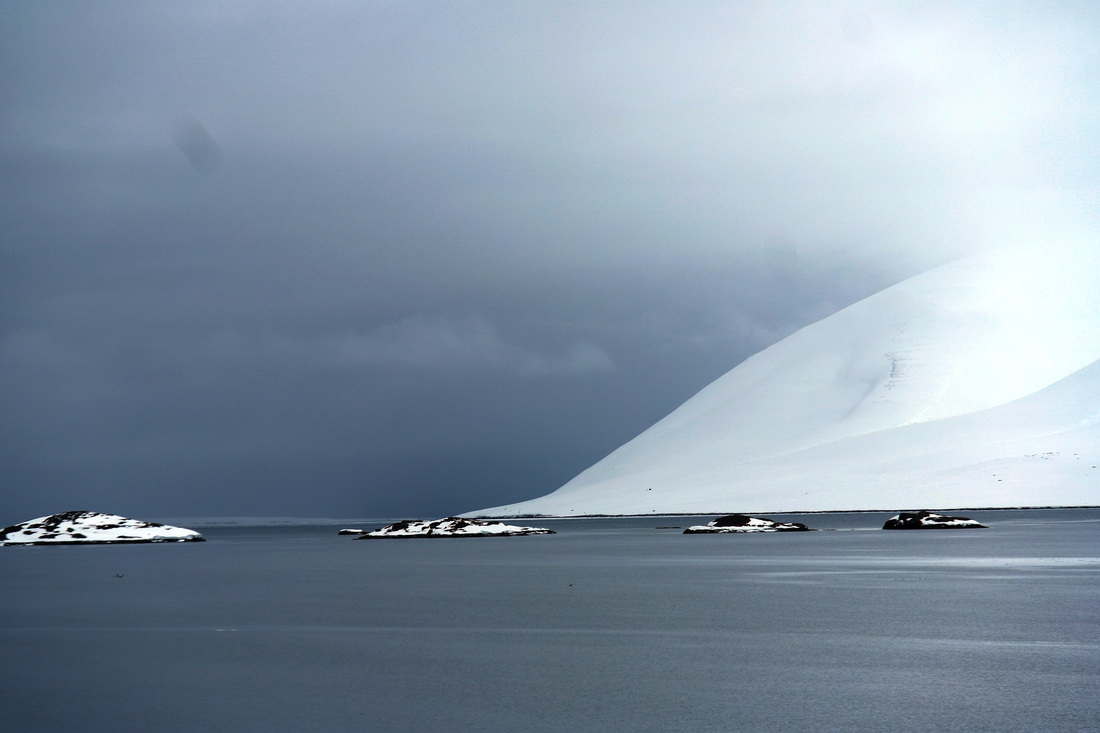
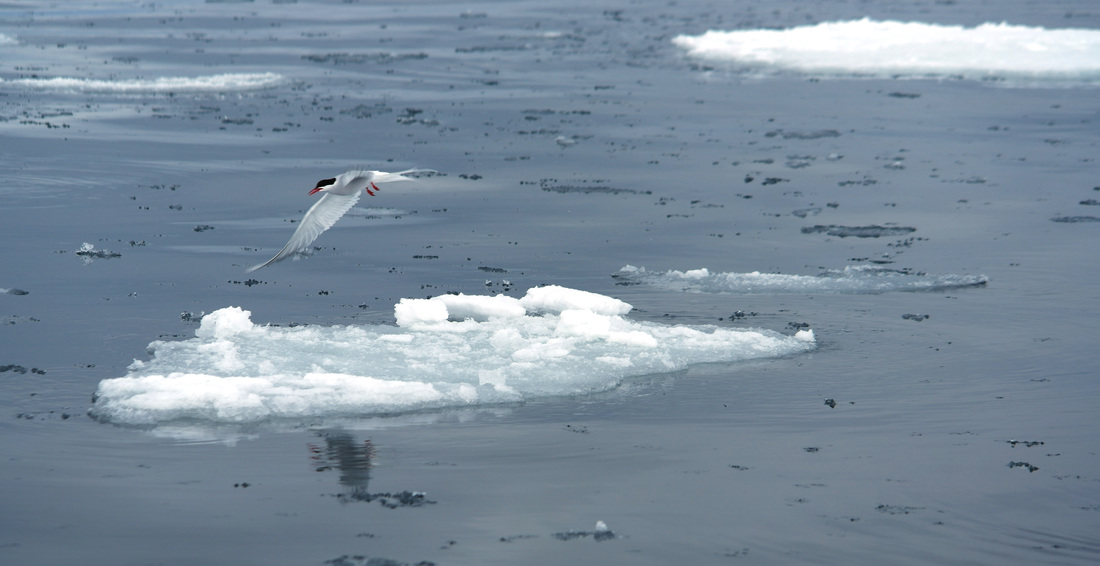
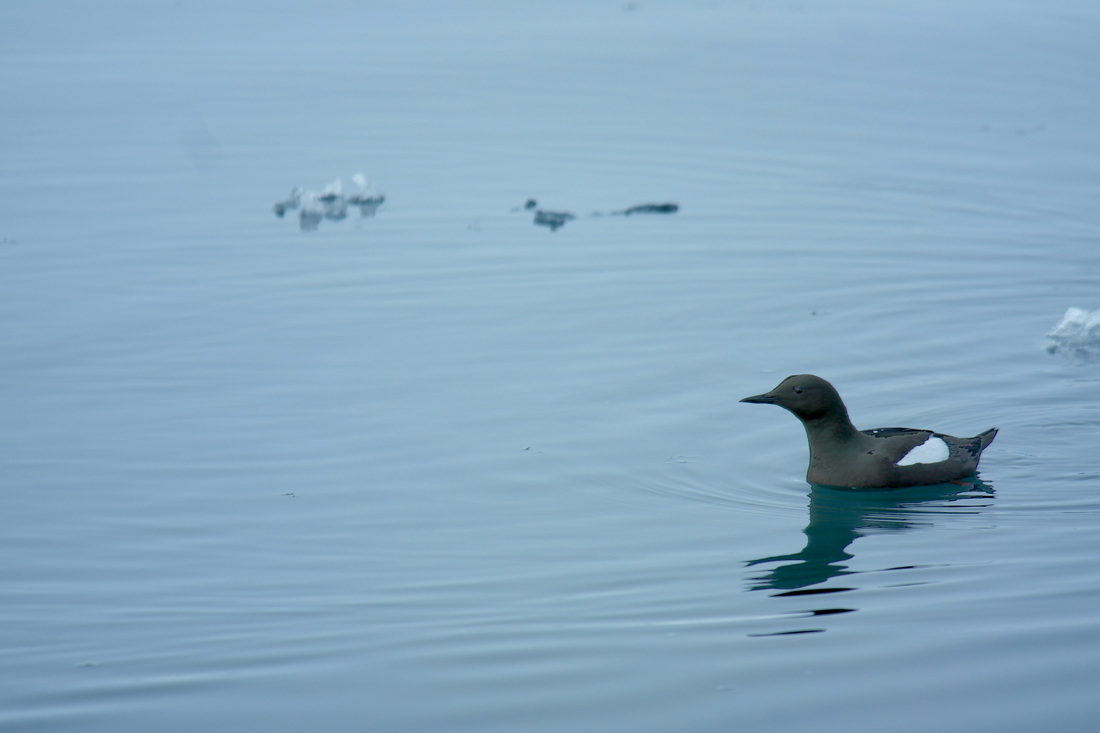
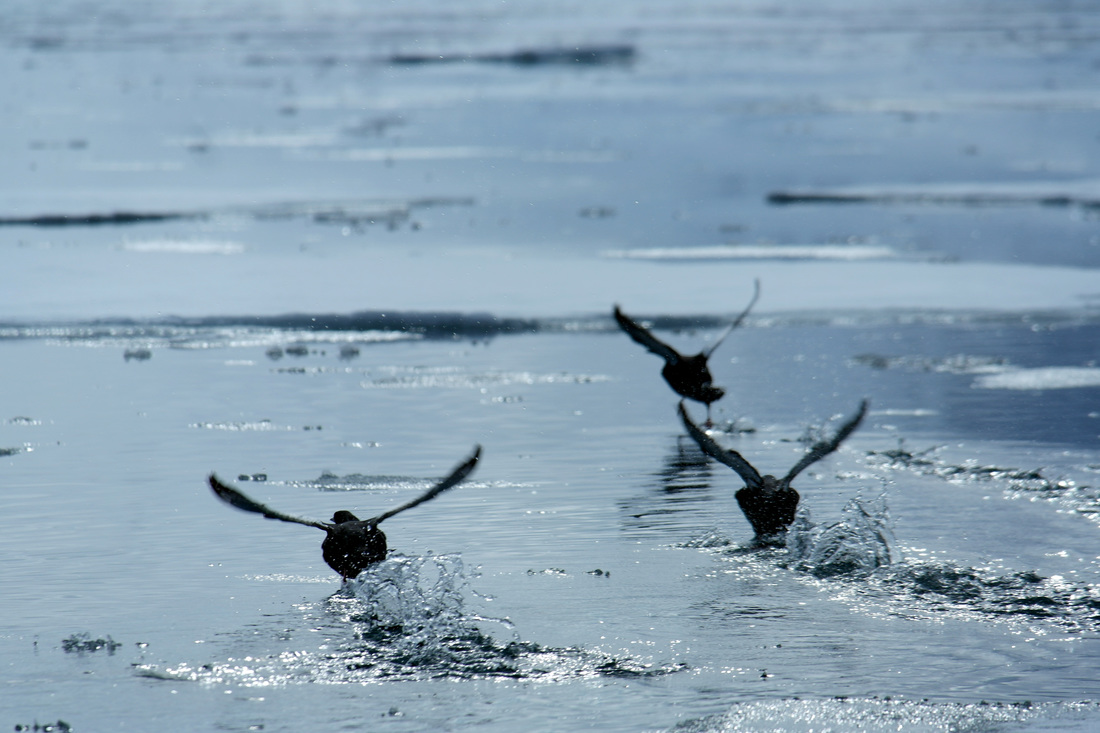
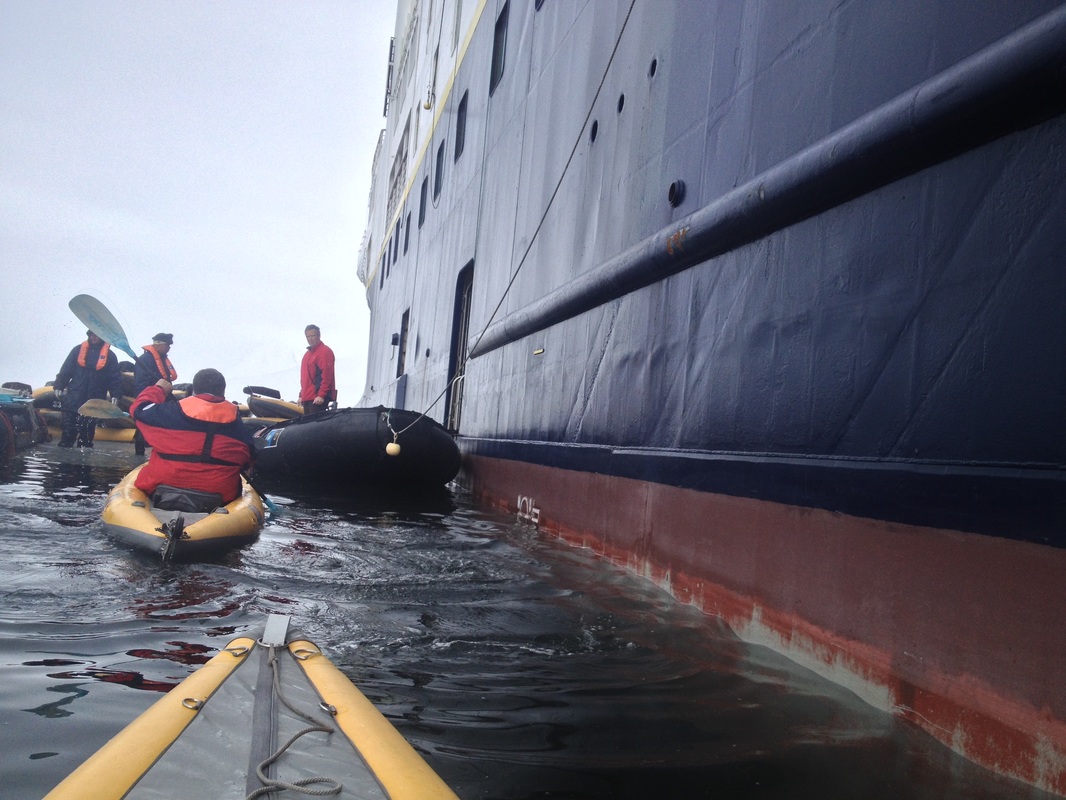
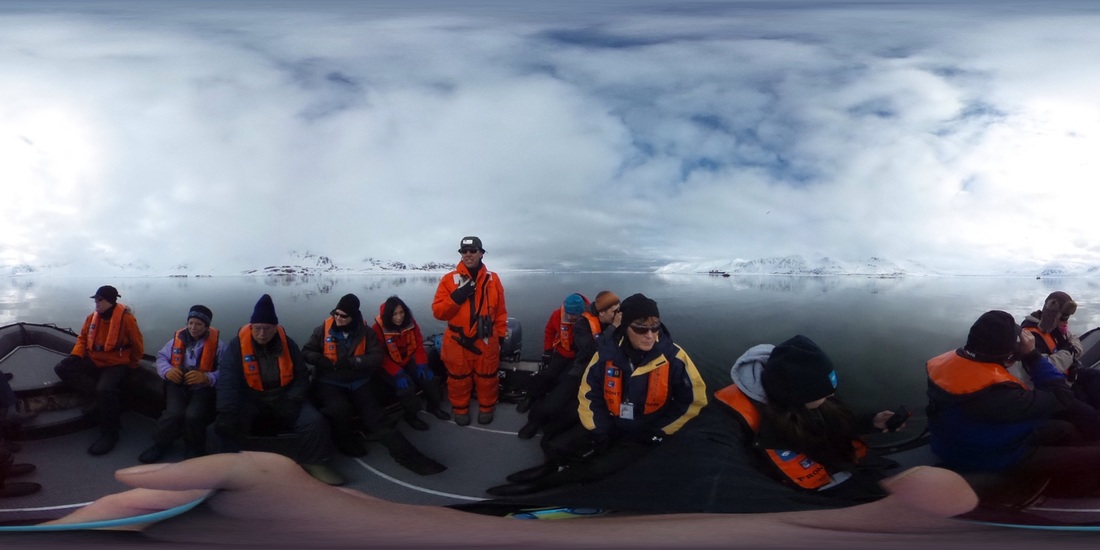
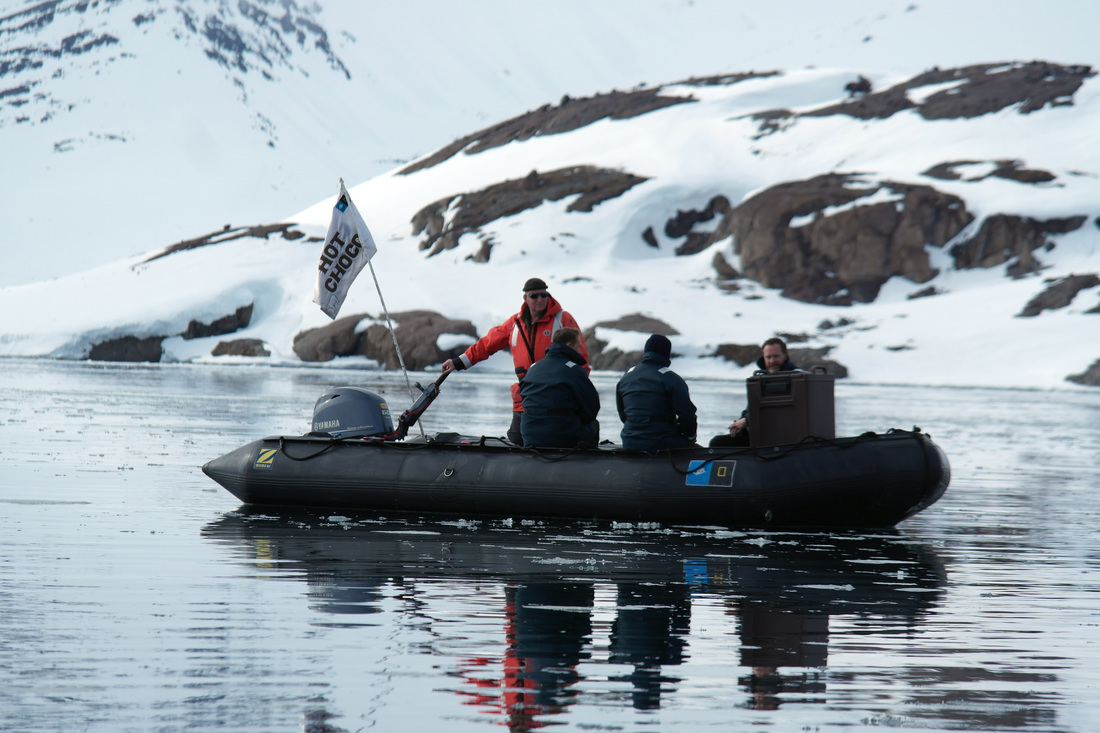
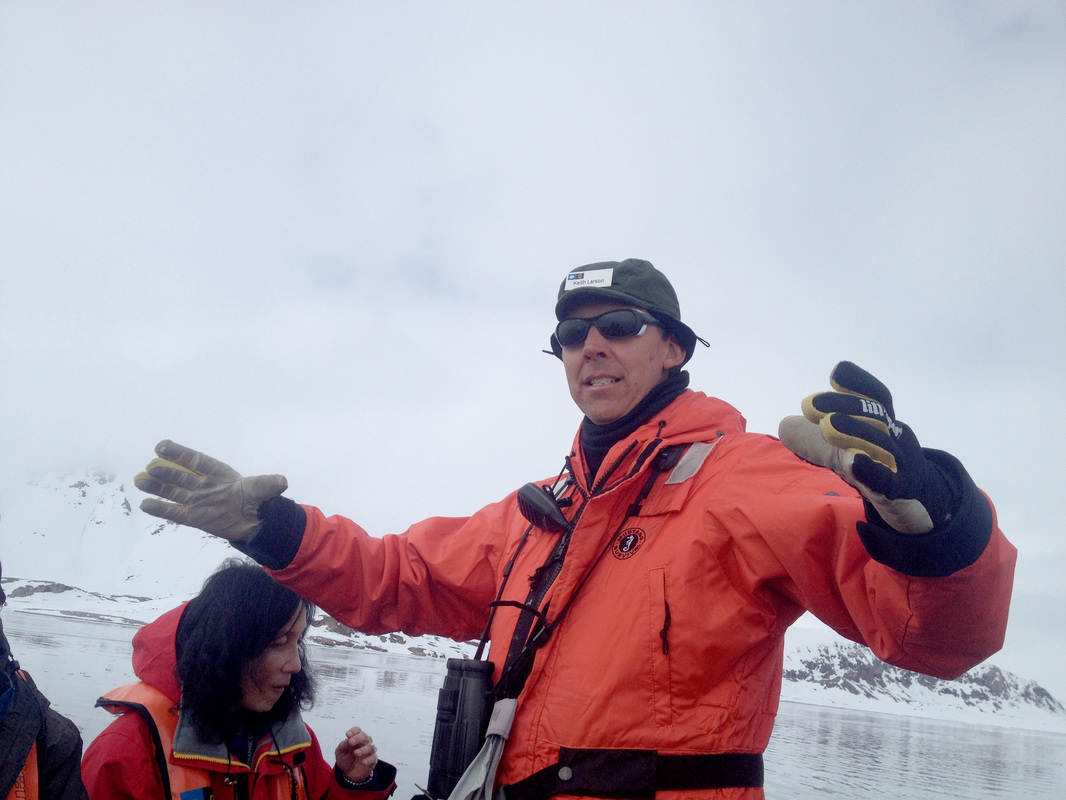
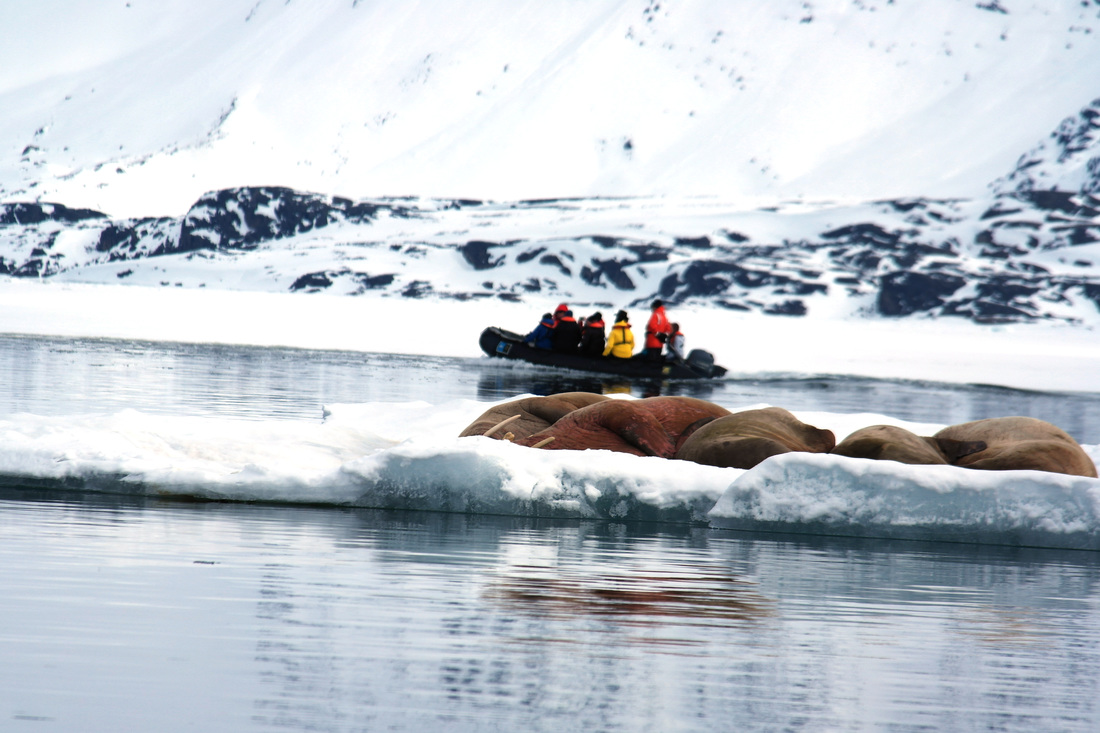
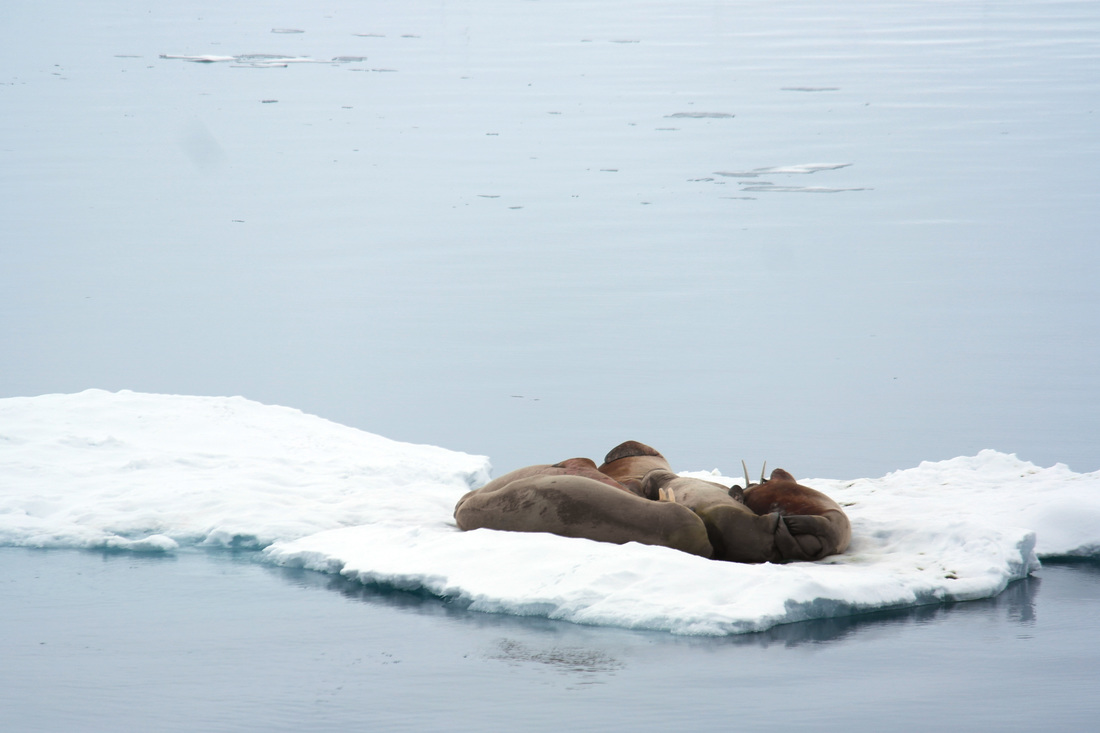
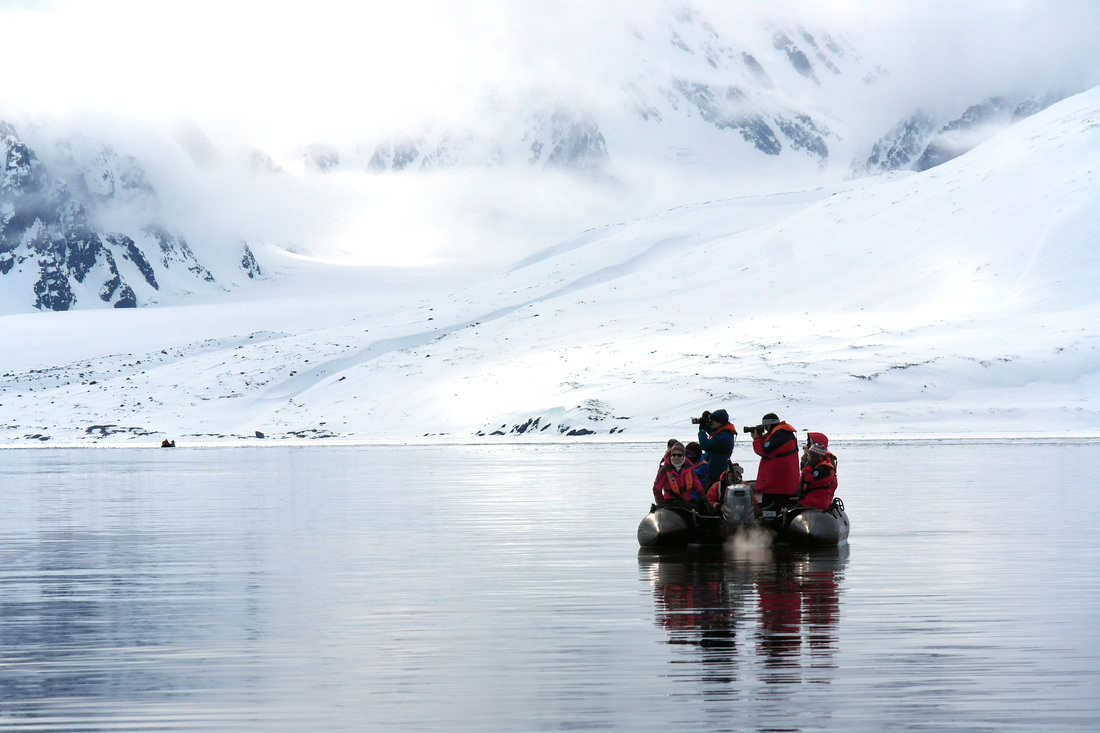
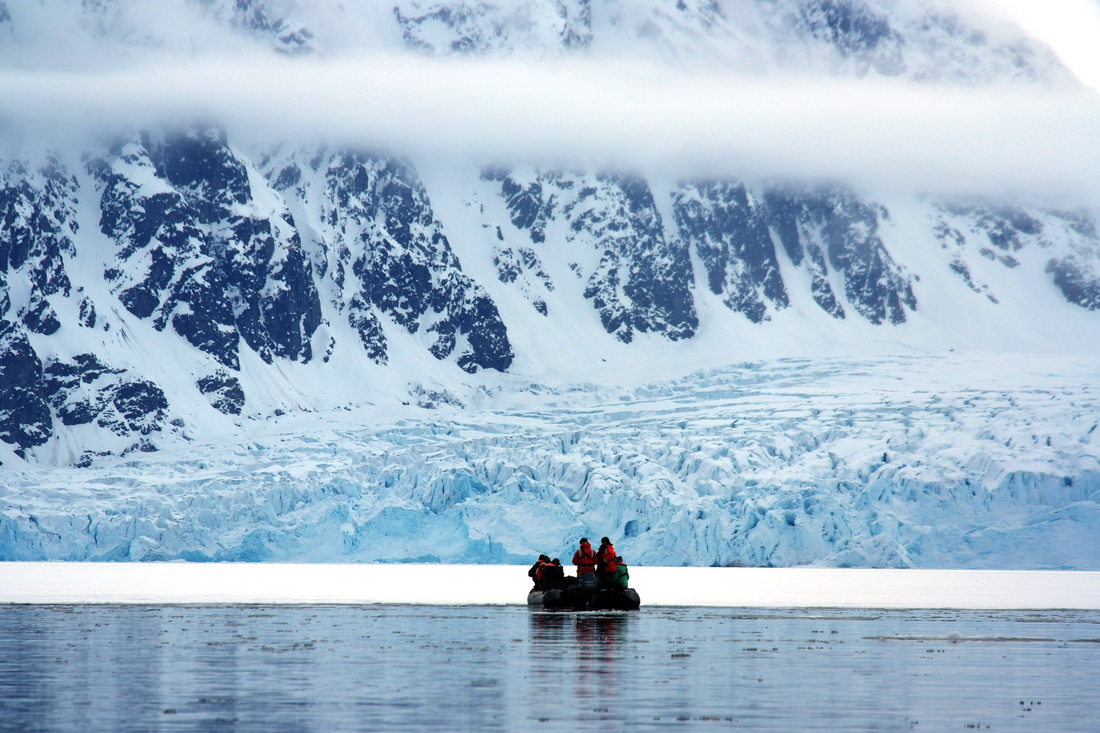
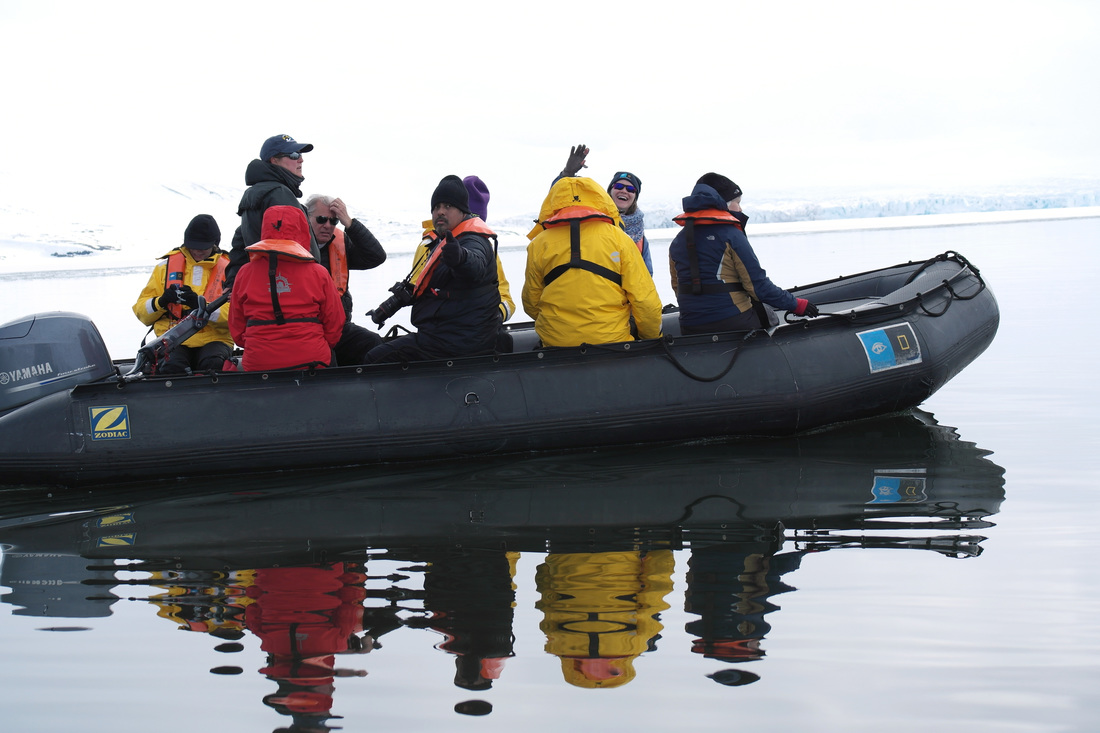

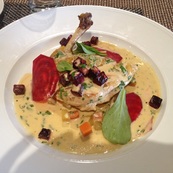
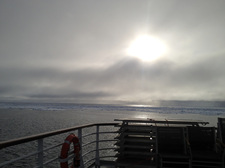
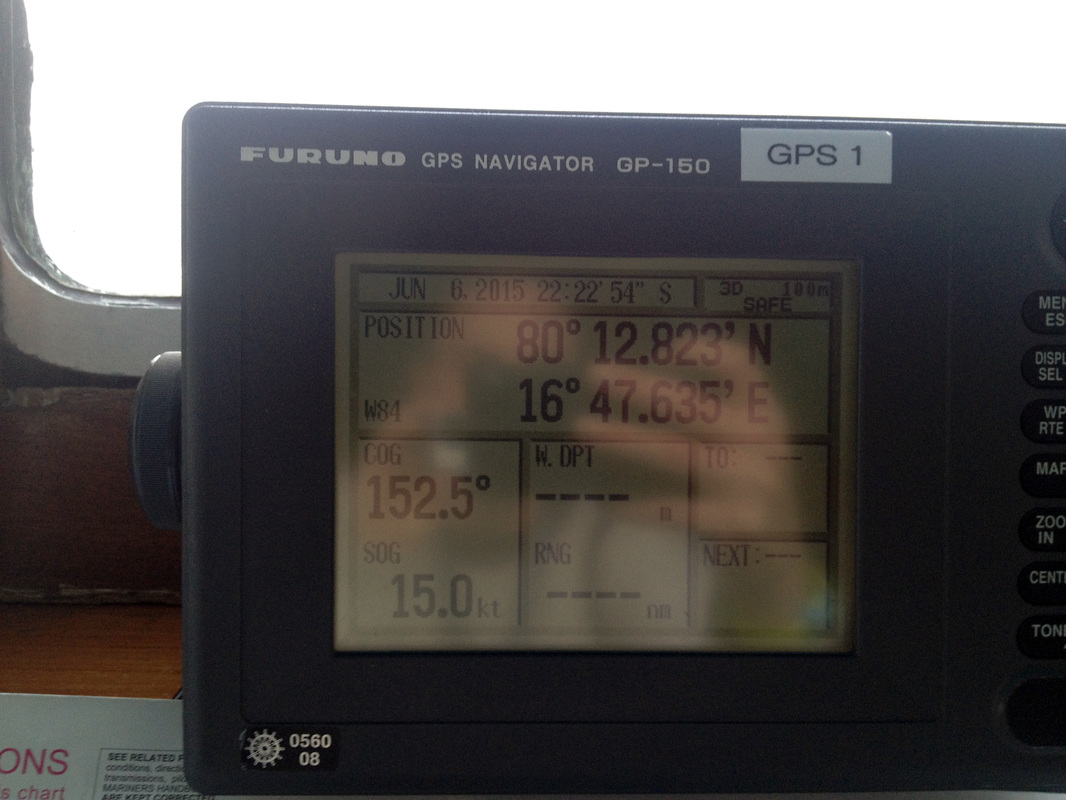
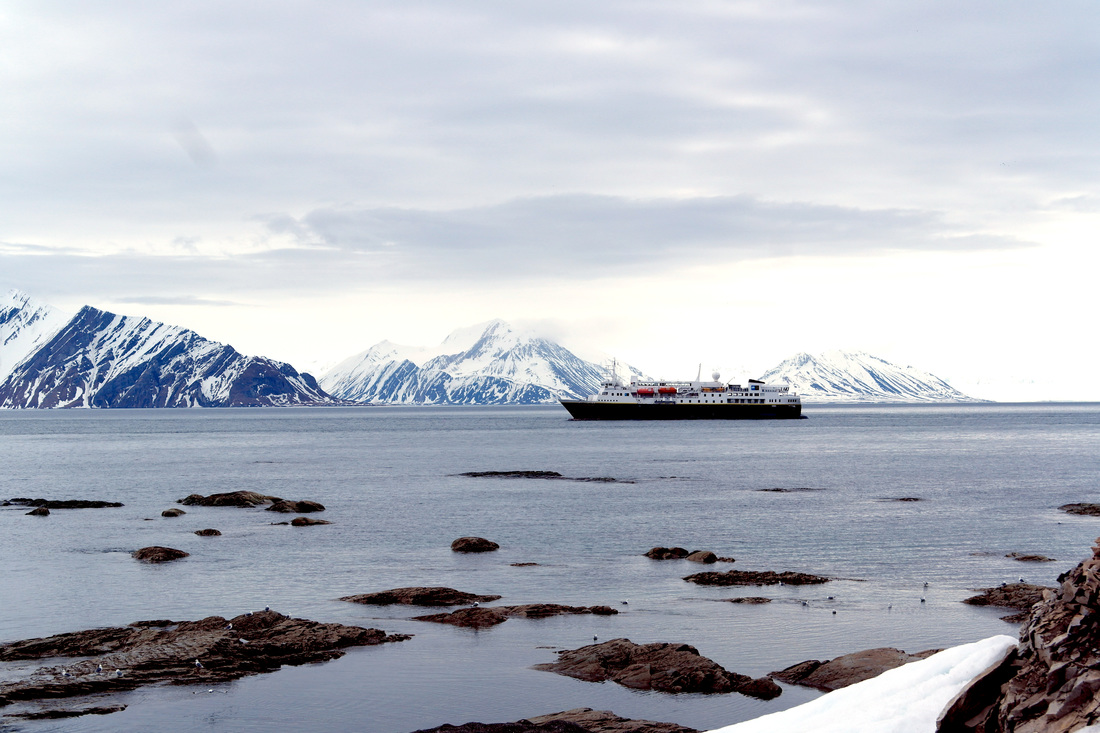

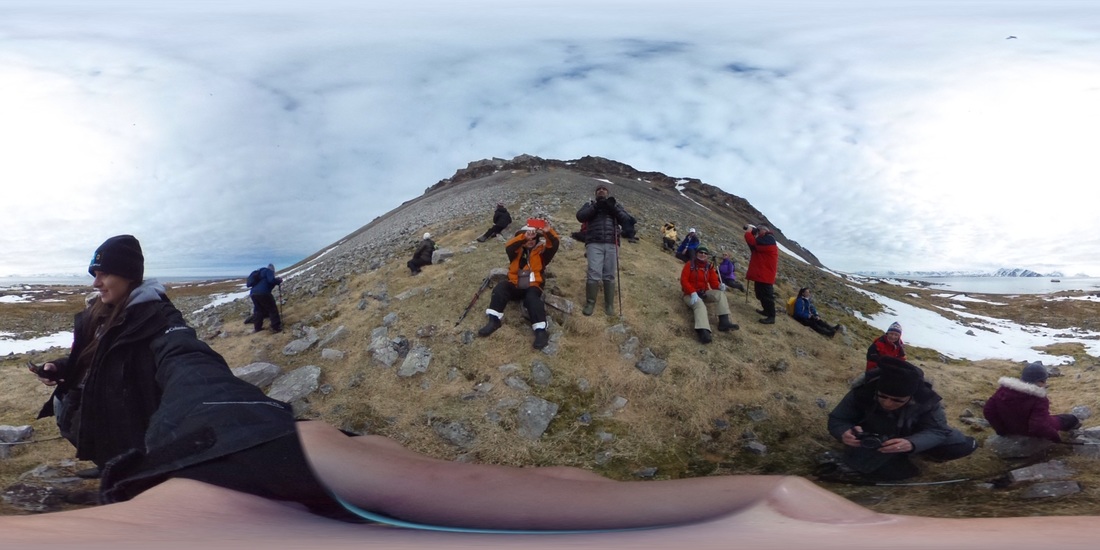
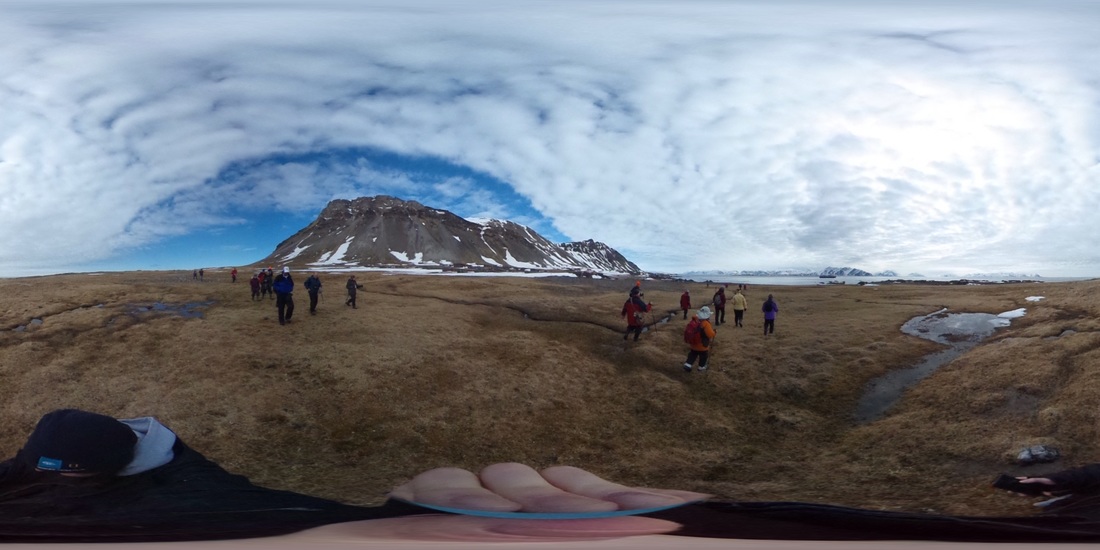
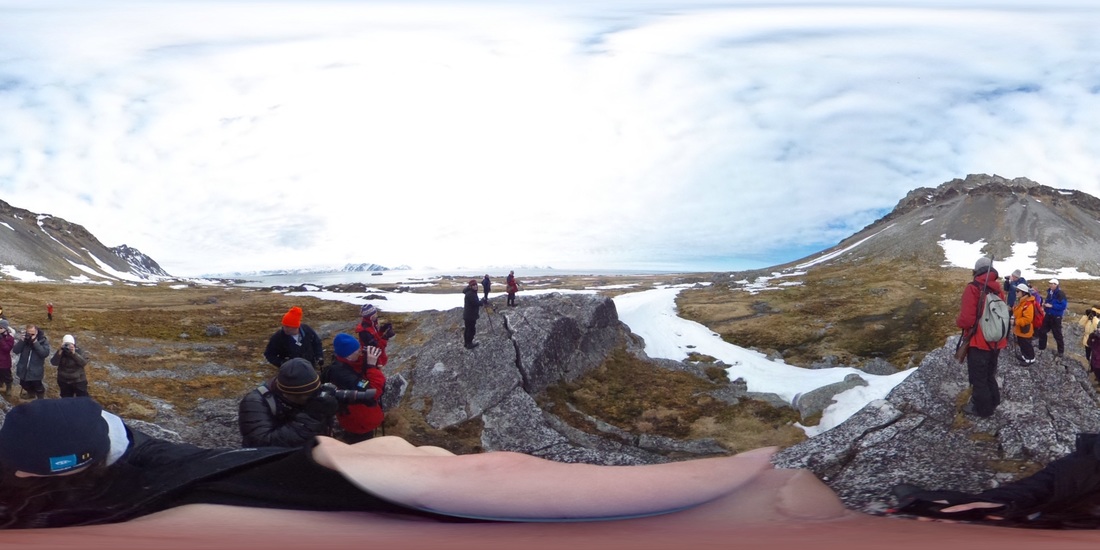
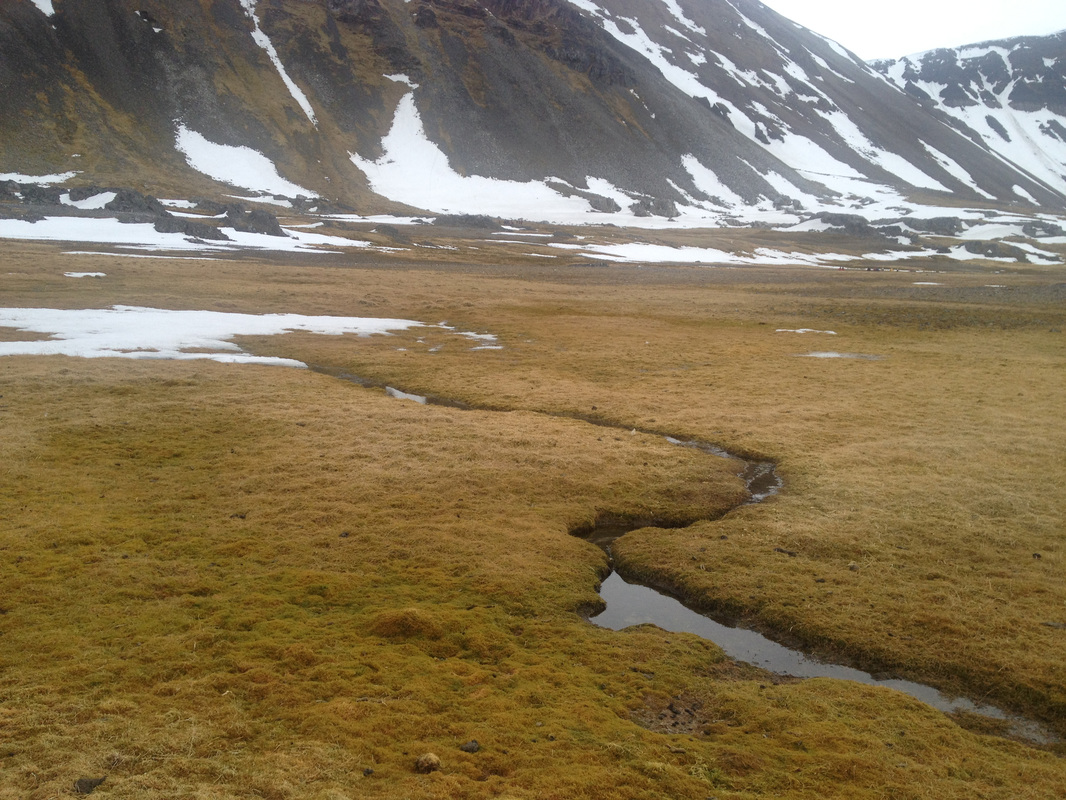
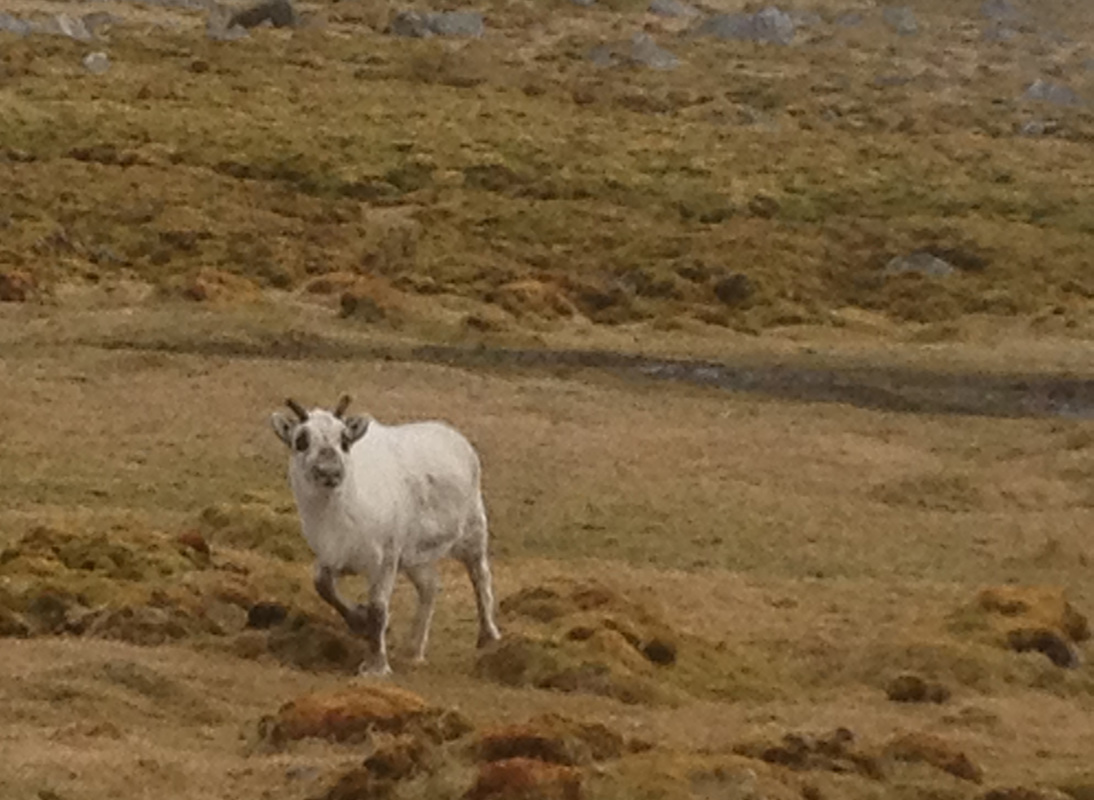
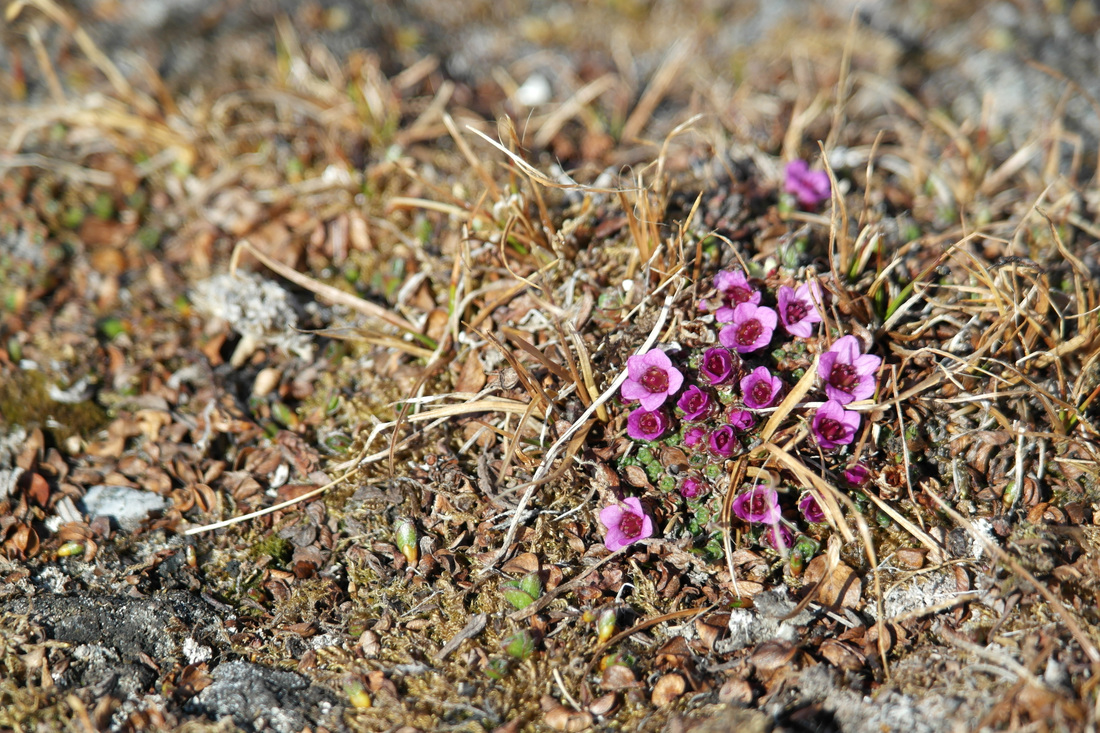
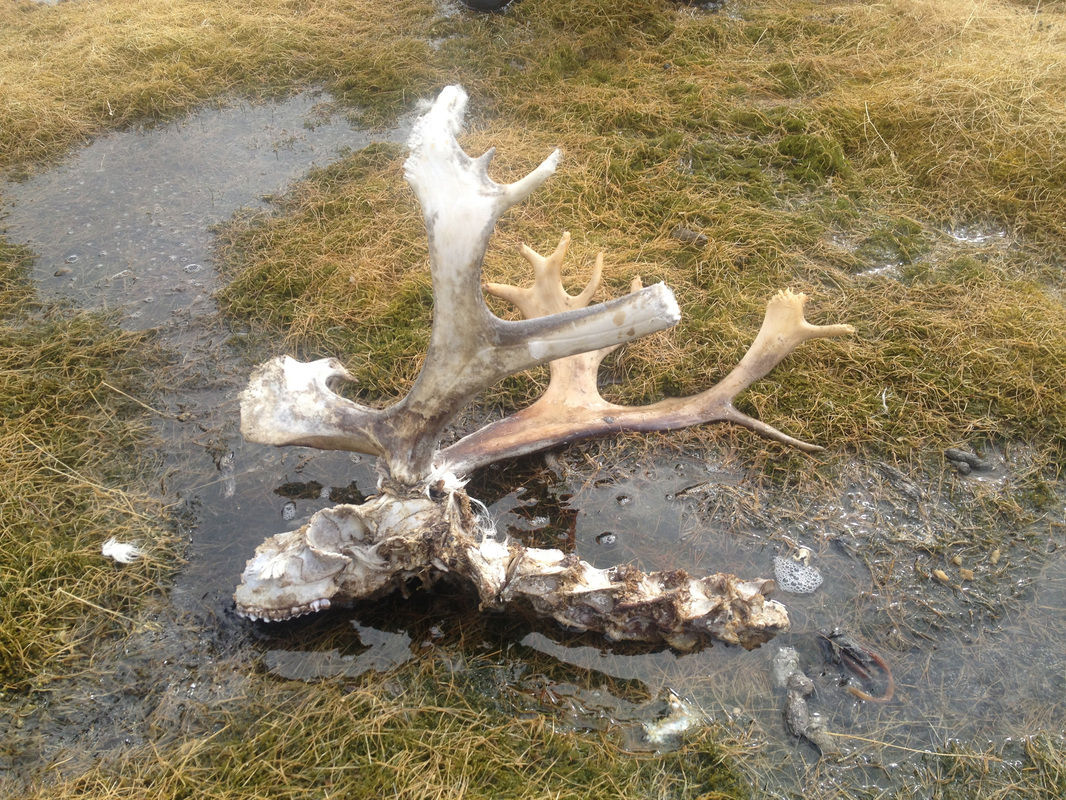
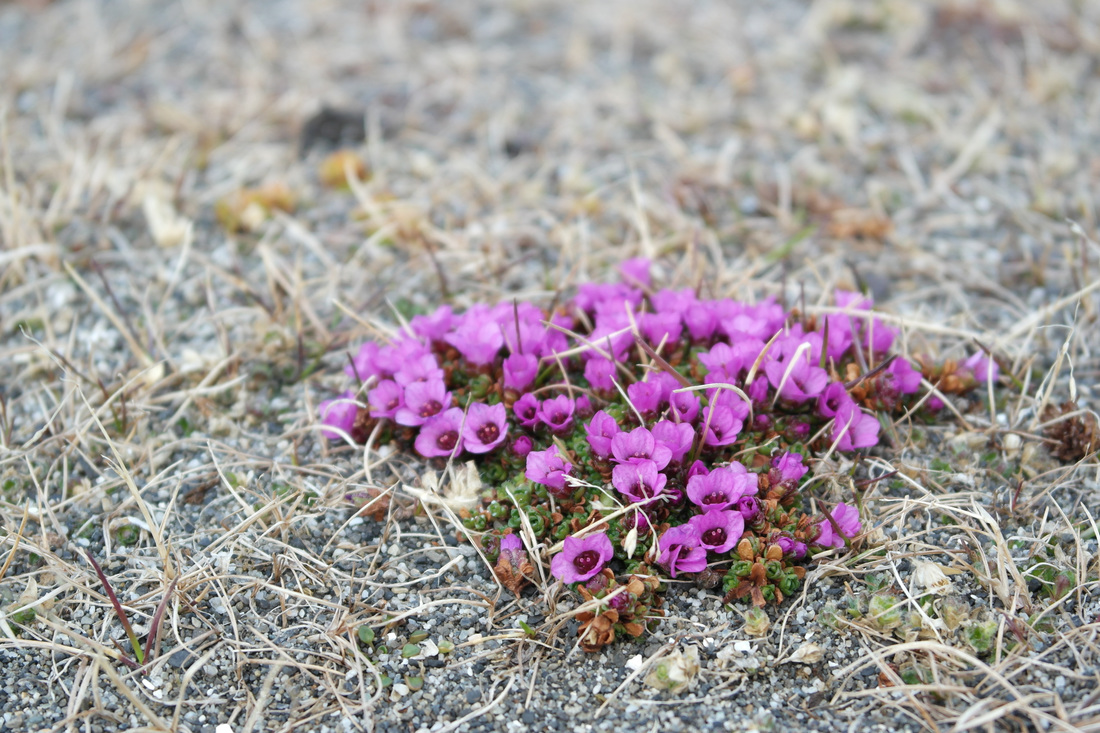
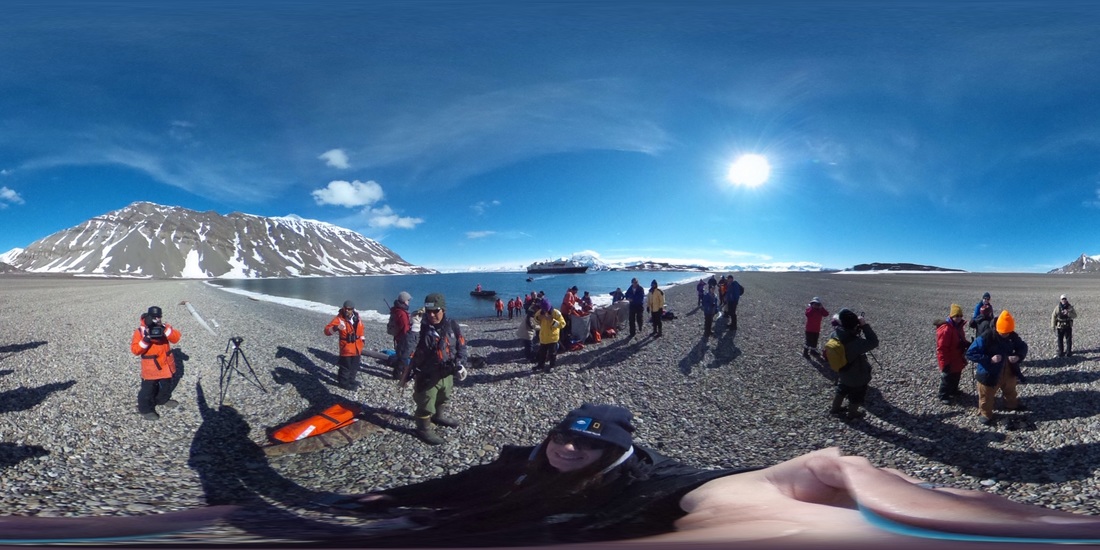
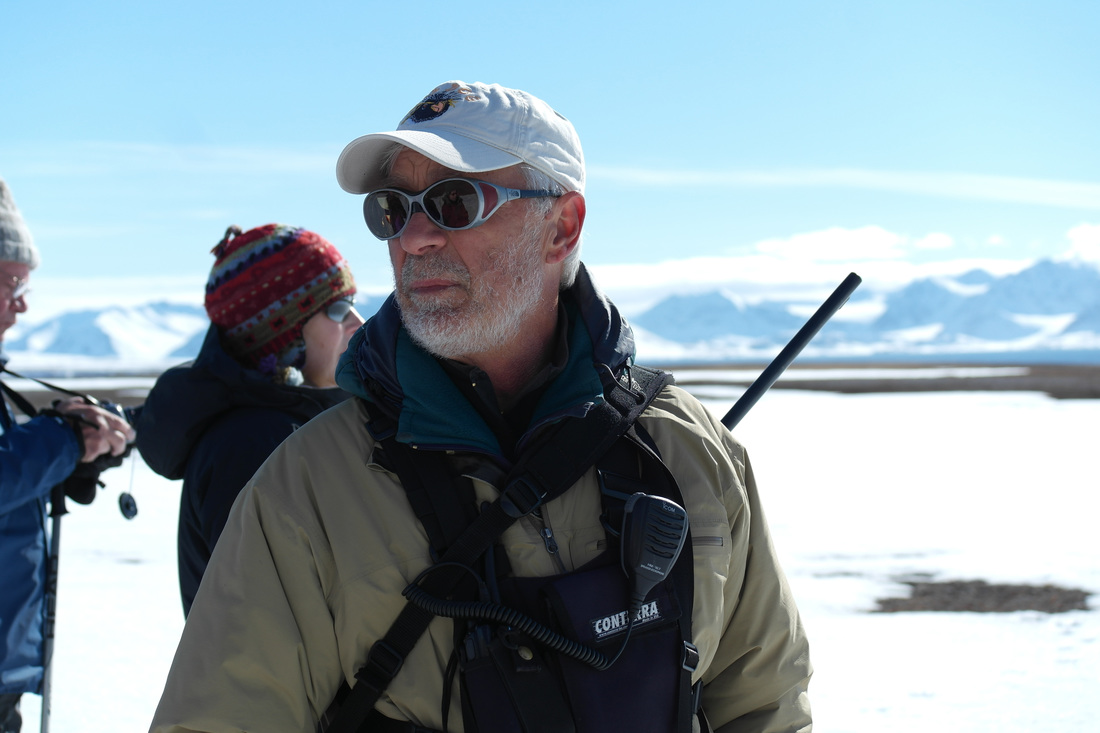
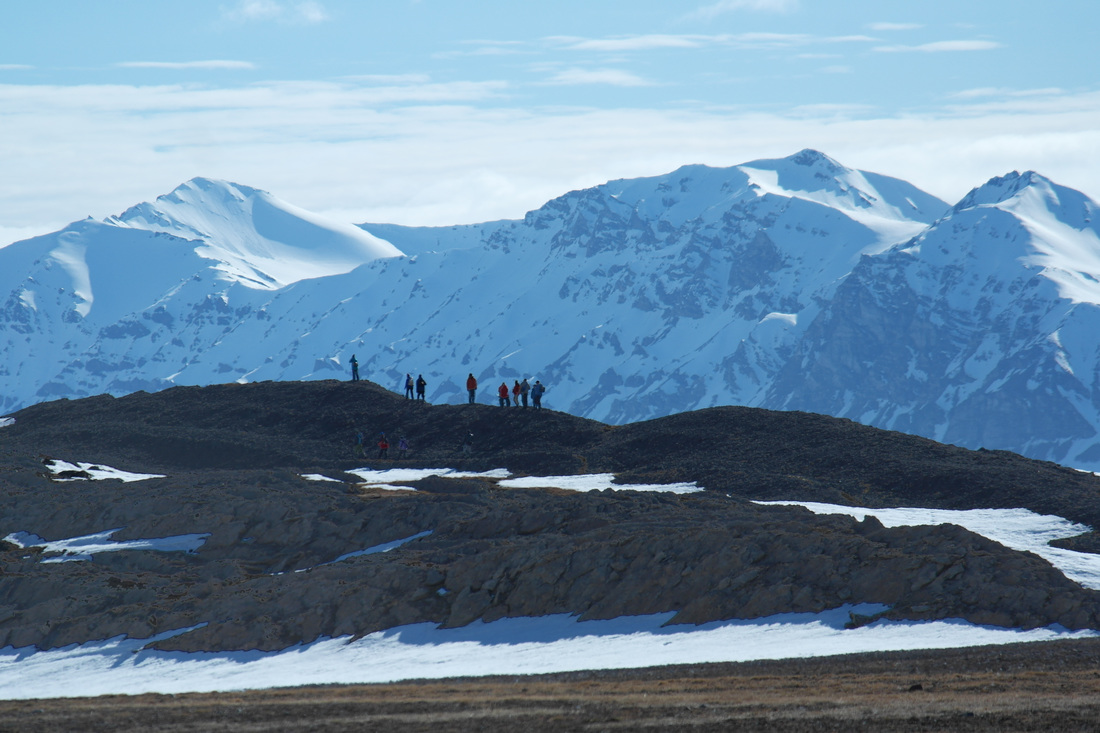
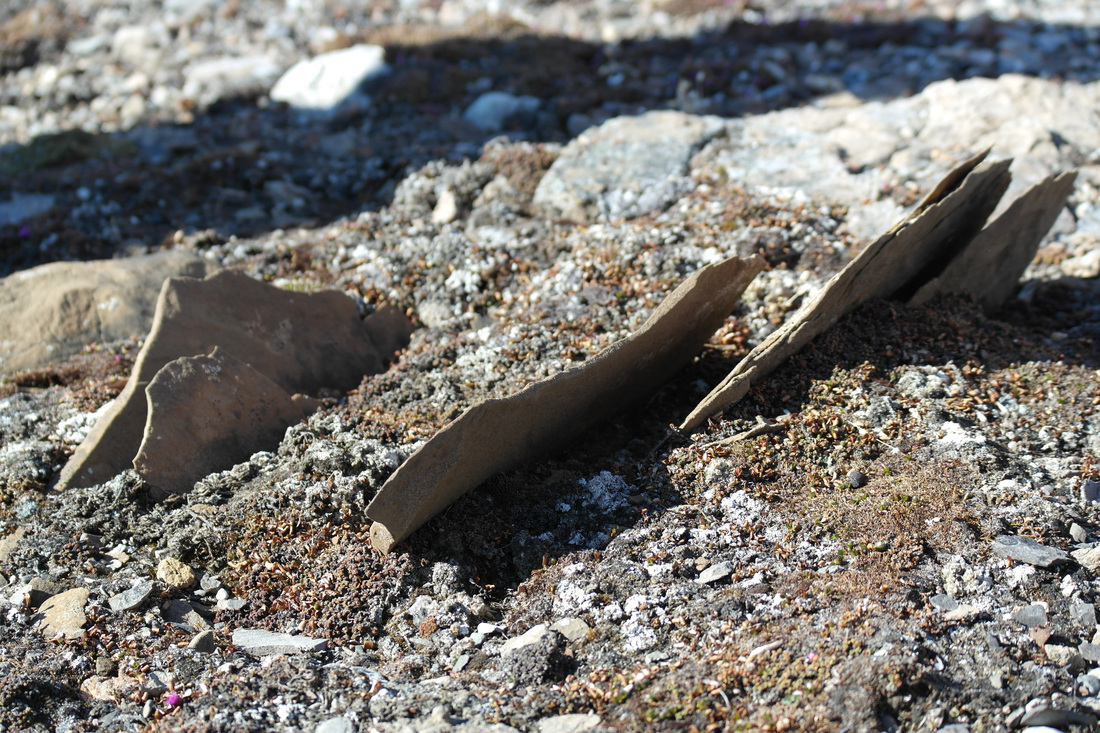
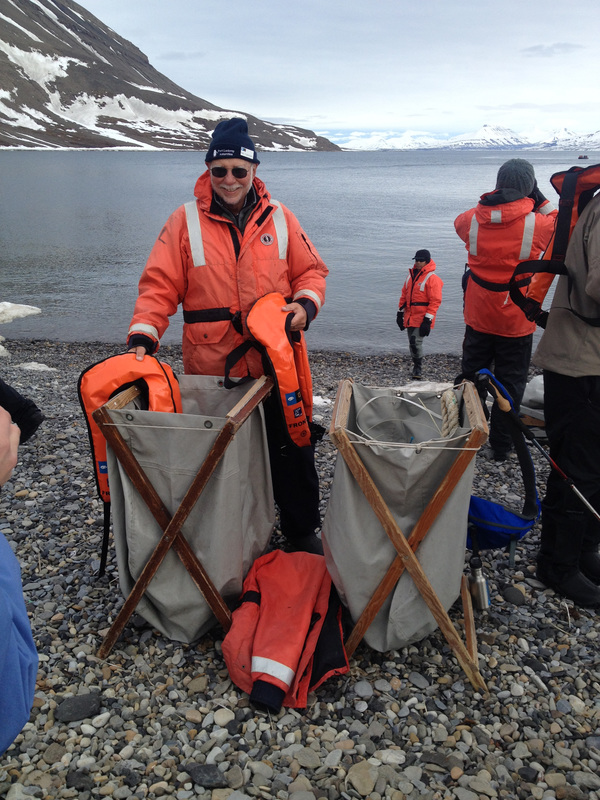
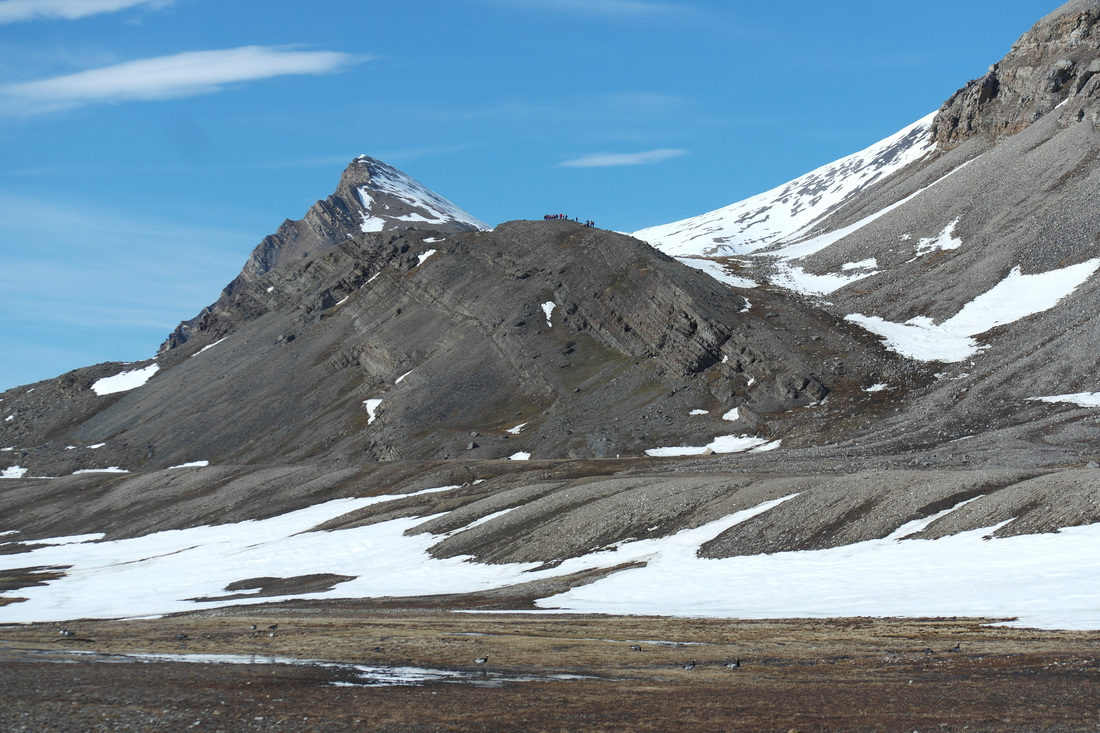
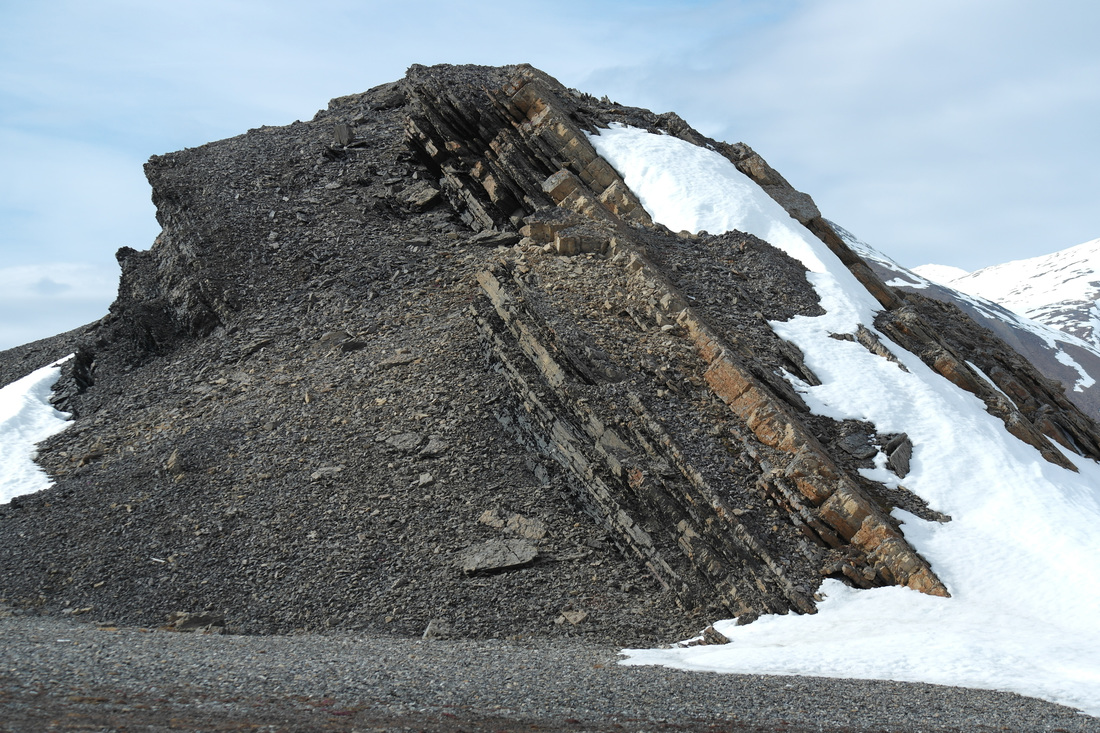
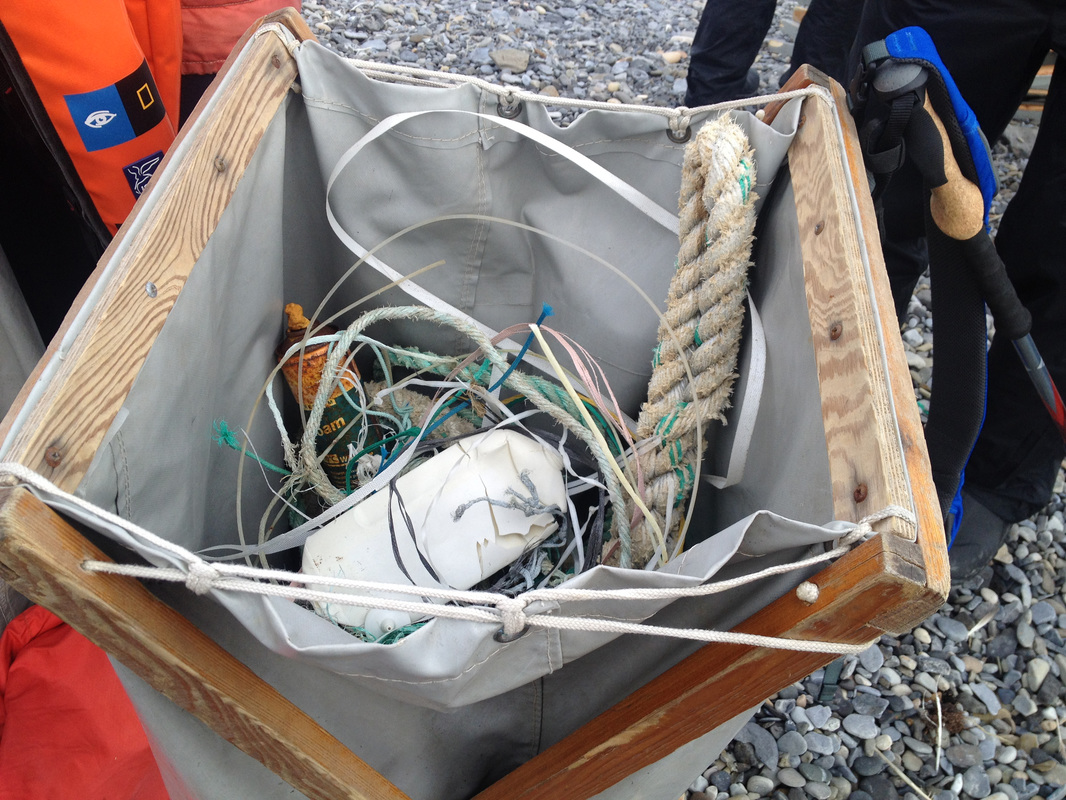
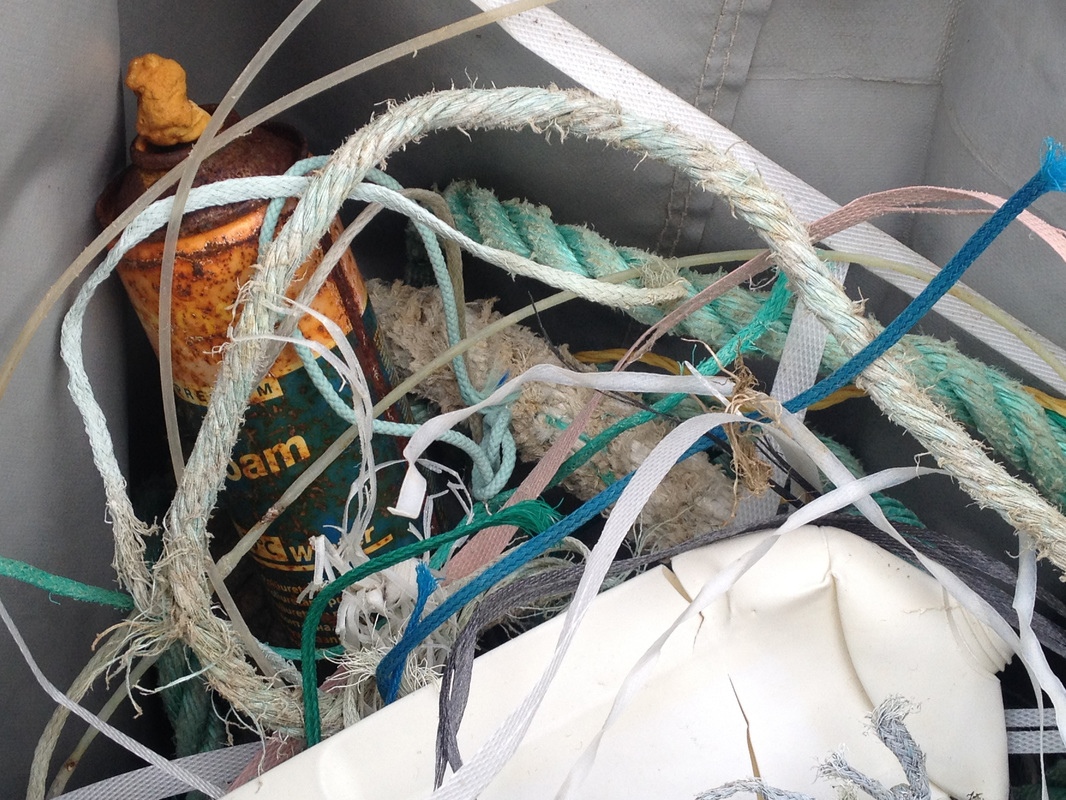
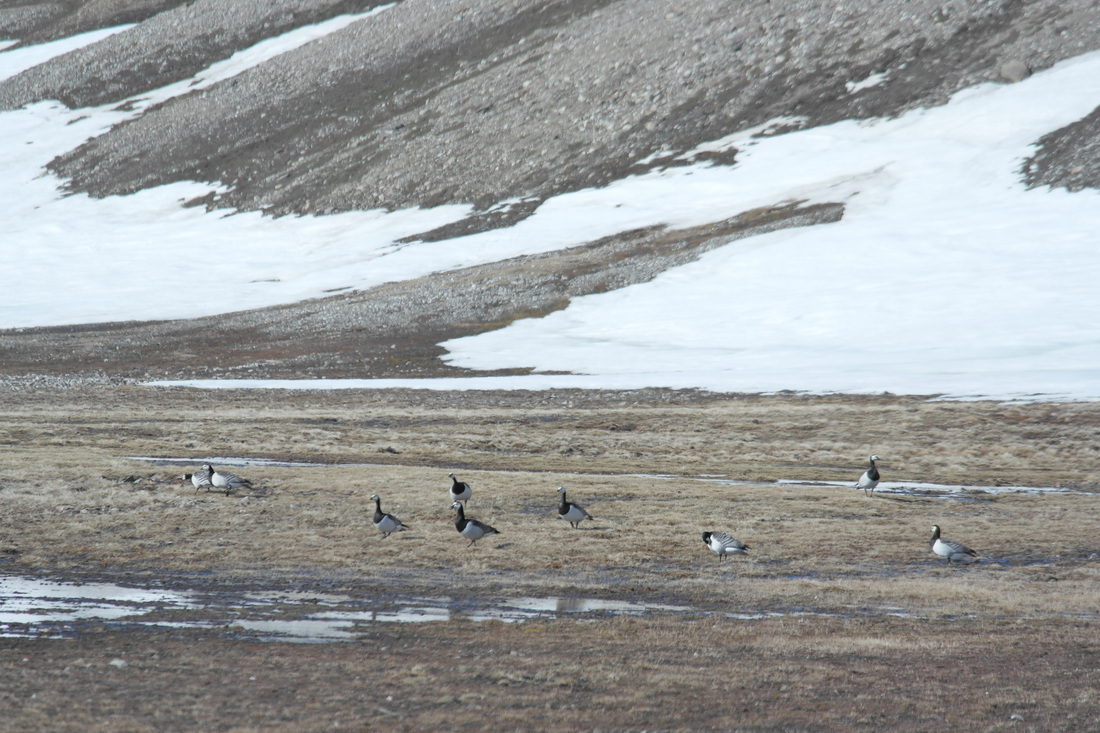
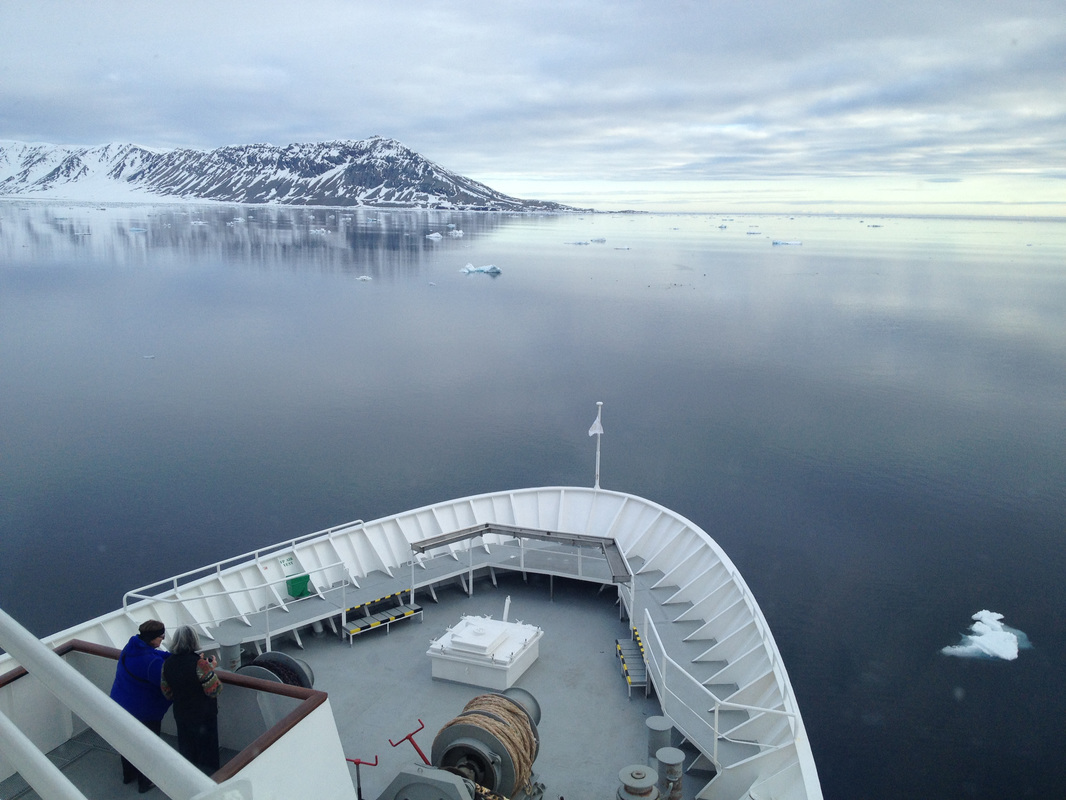
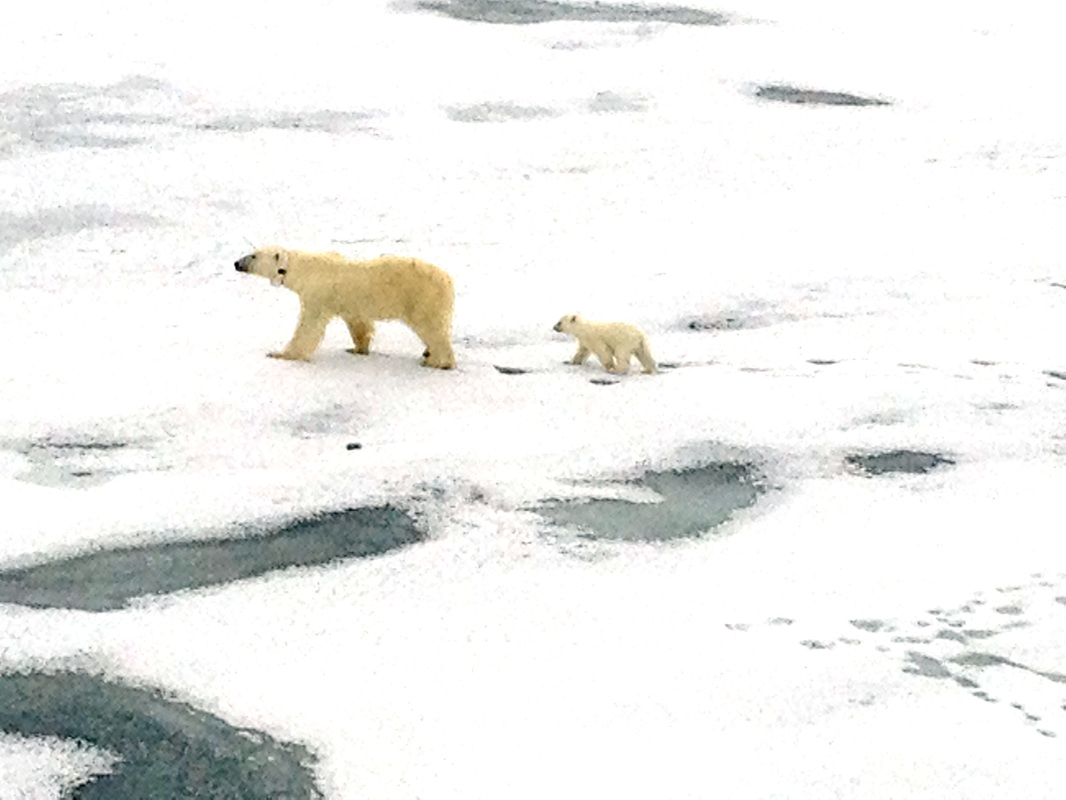
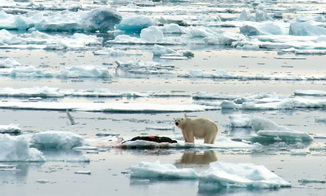
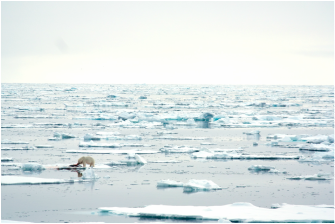
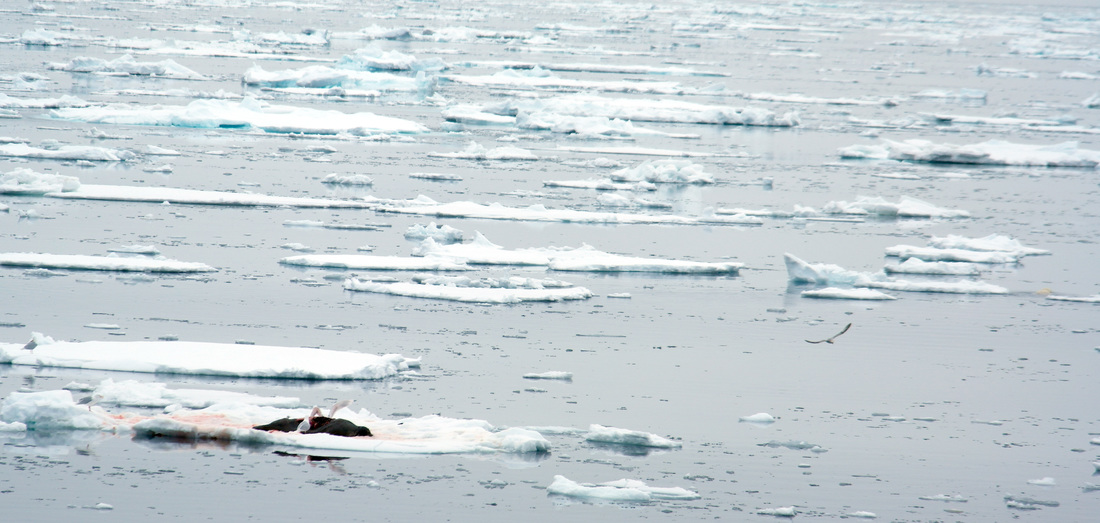
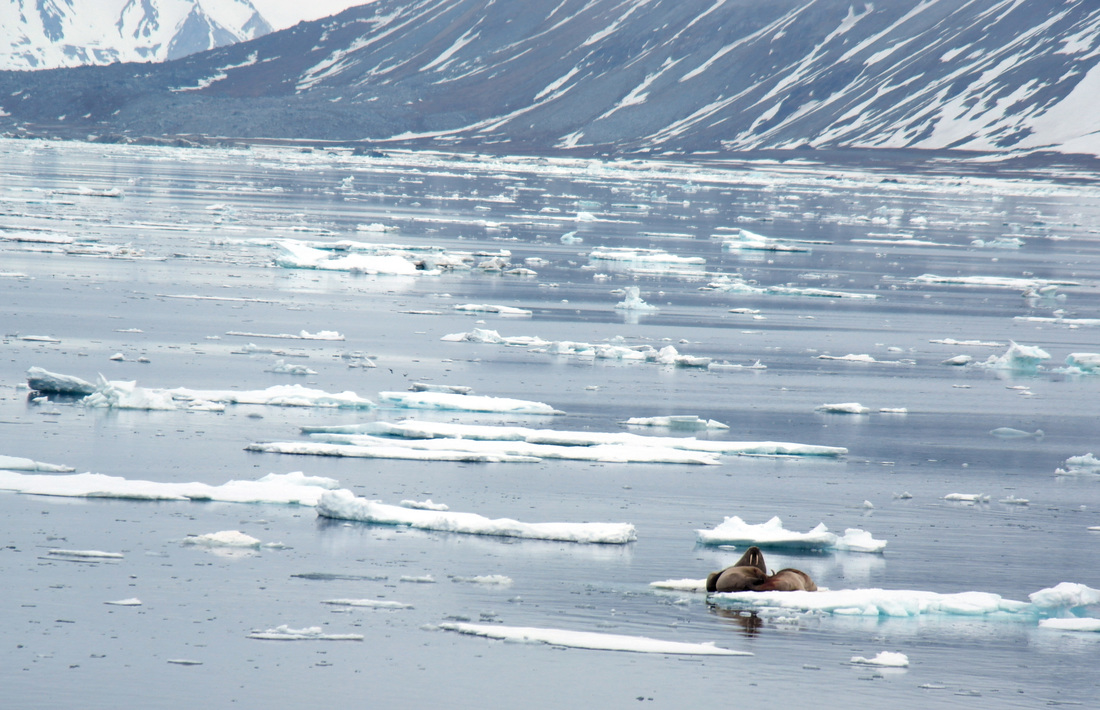
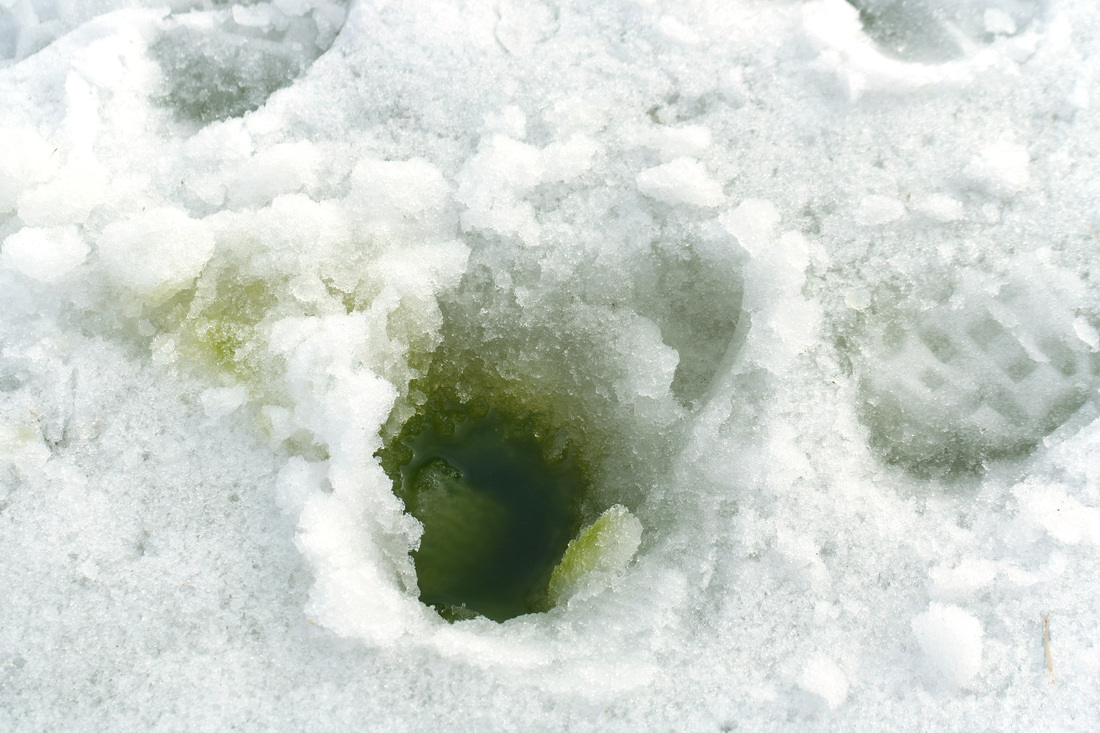
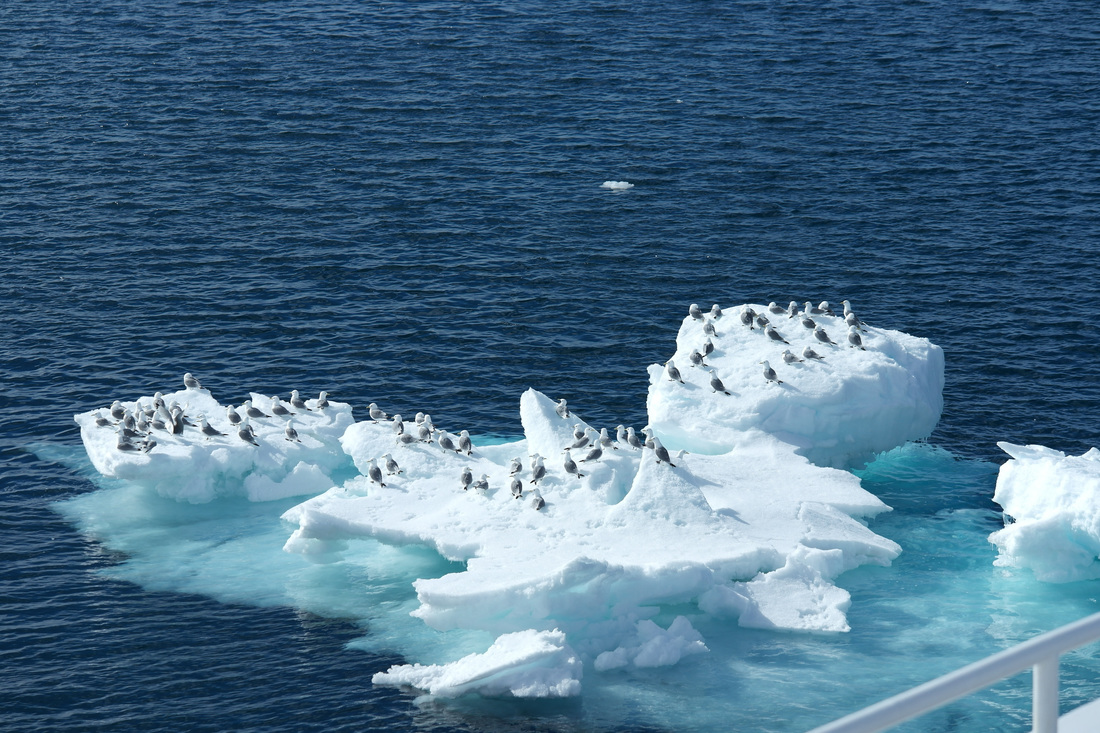
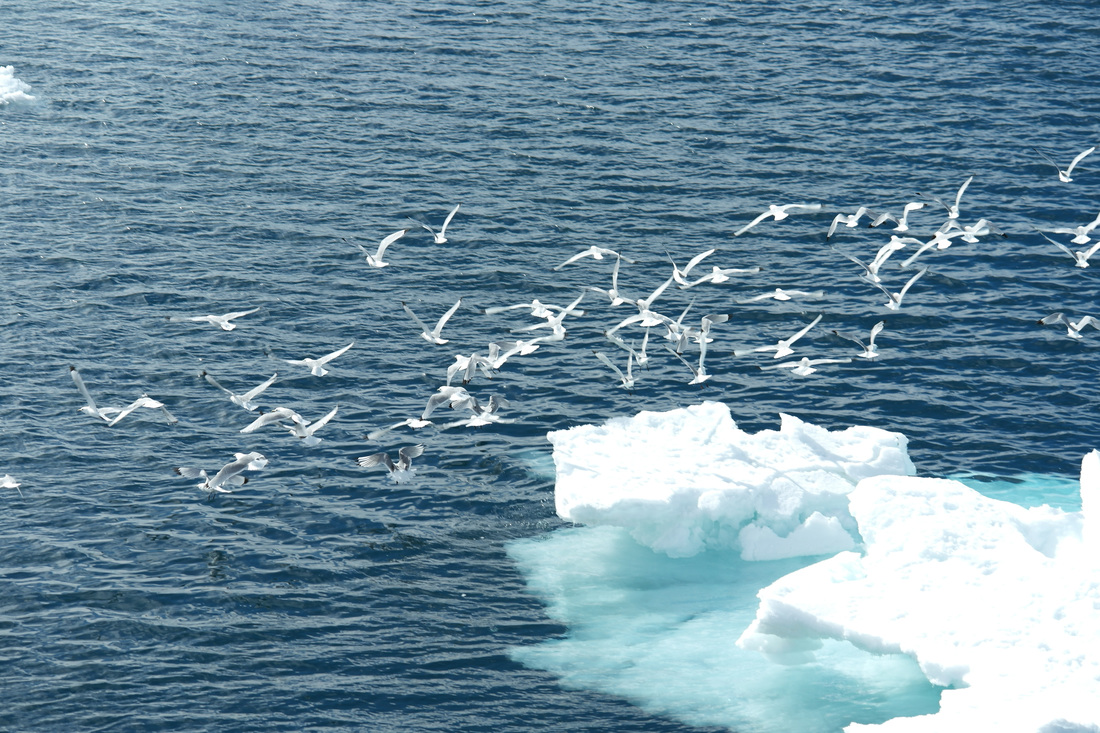
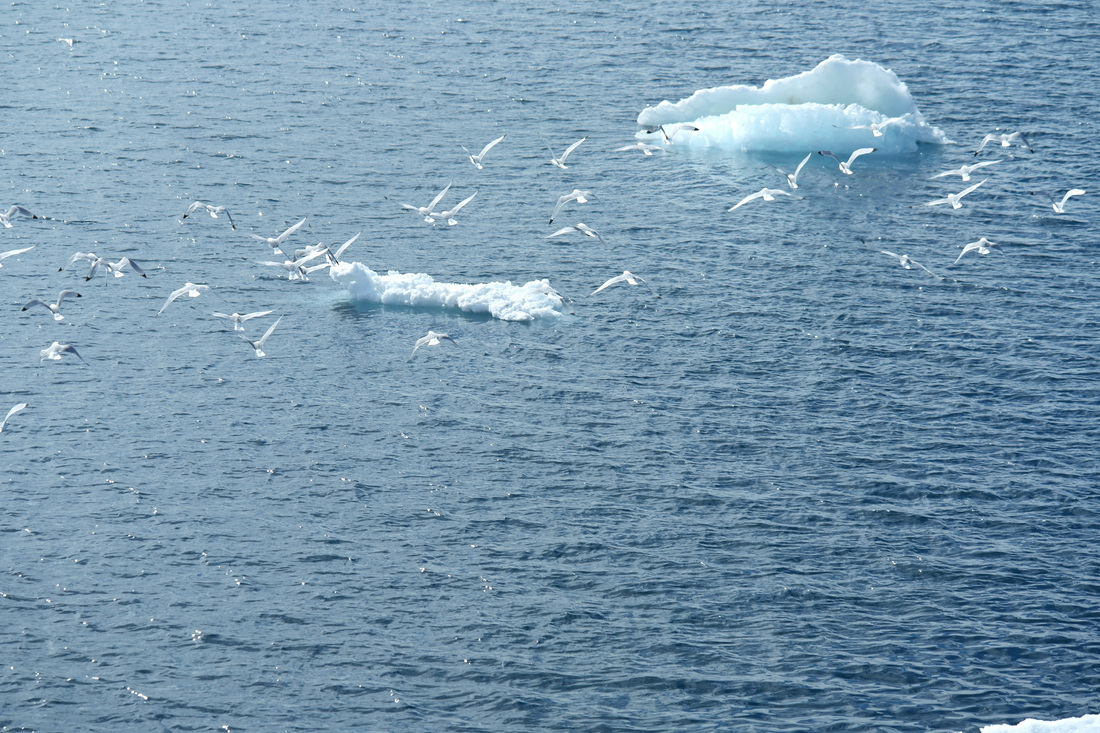
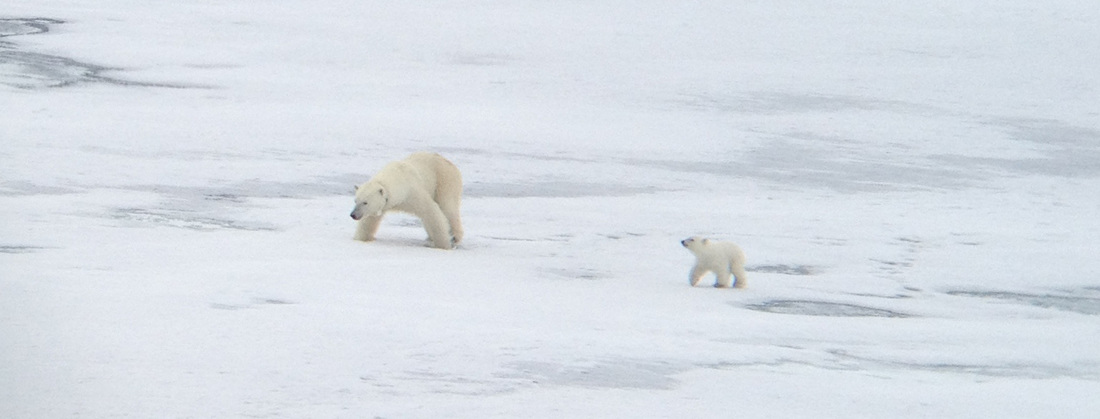
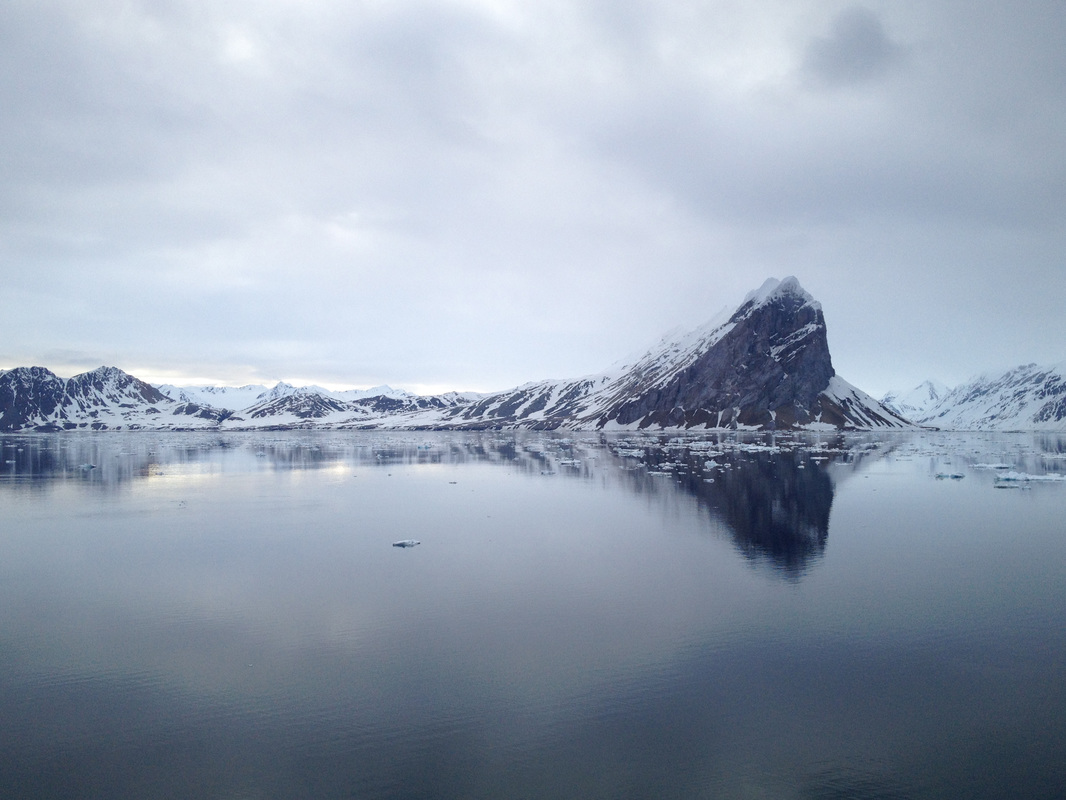
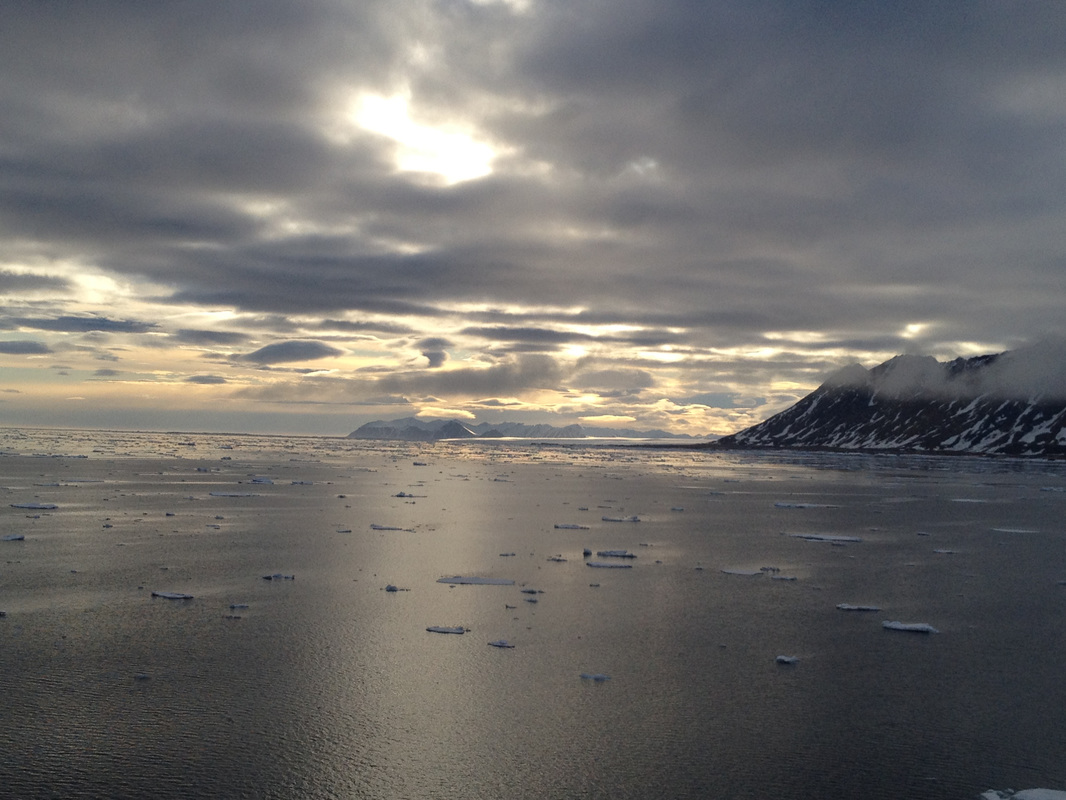
 RSS Feed
RSS Feed